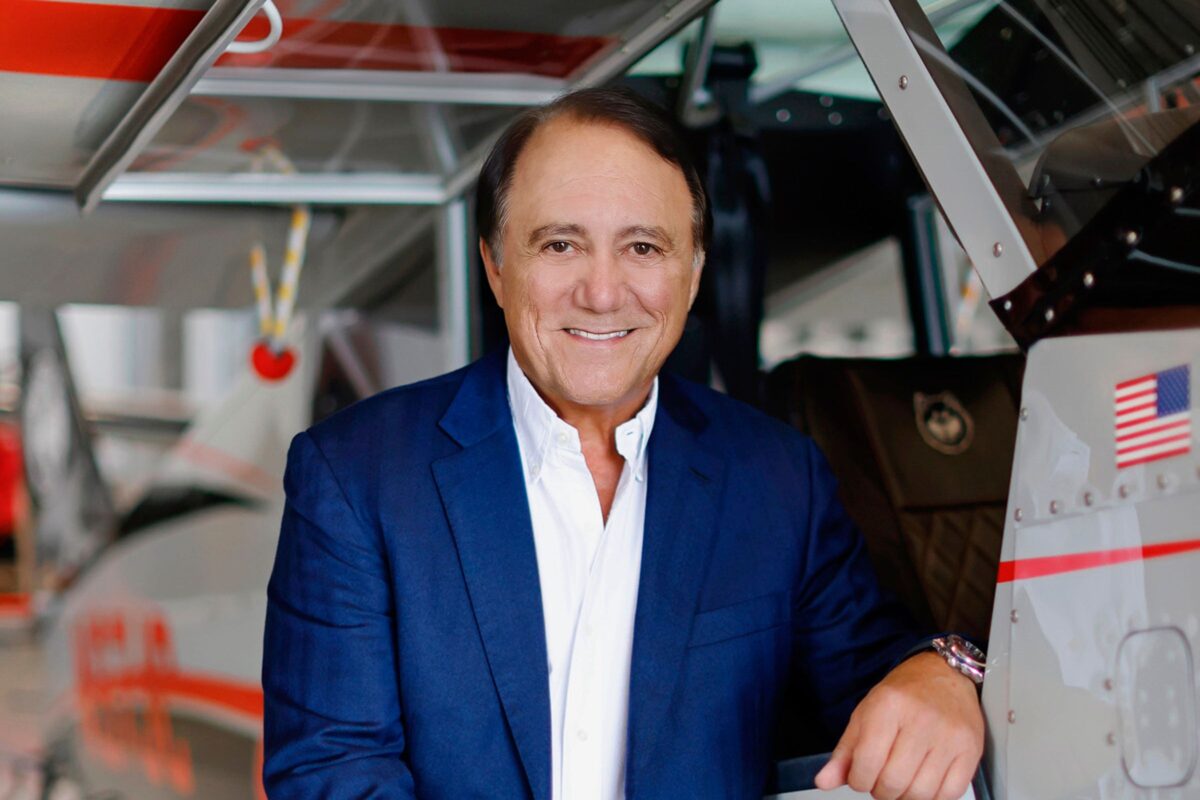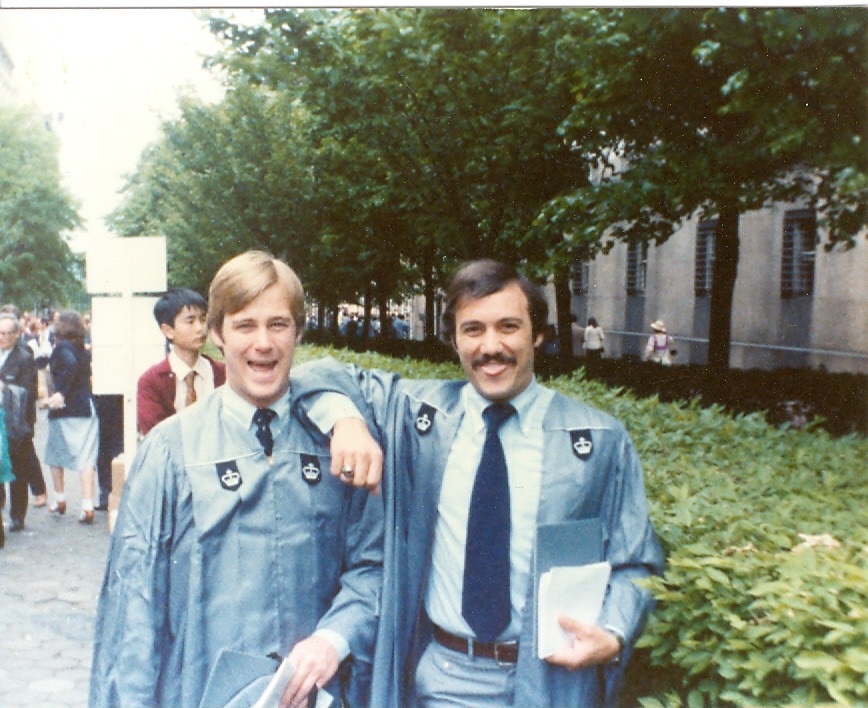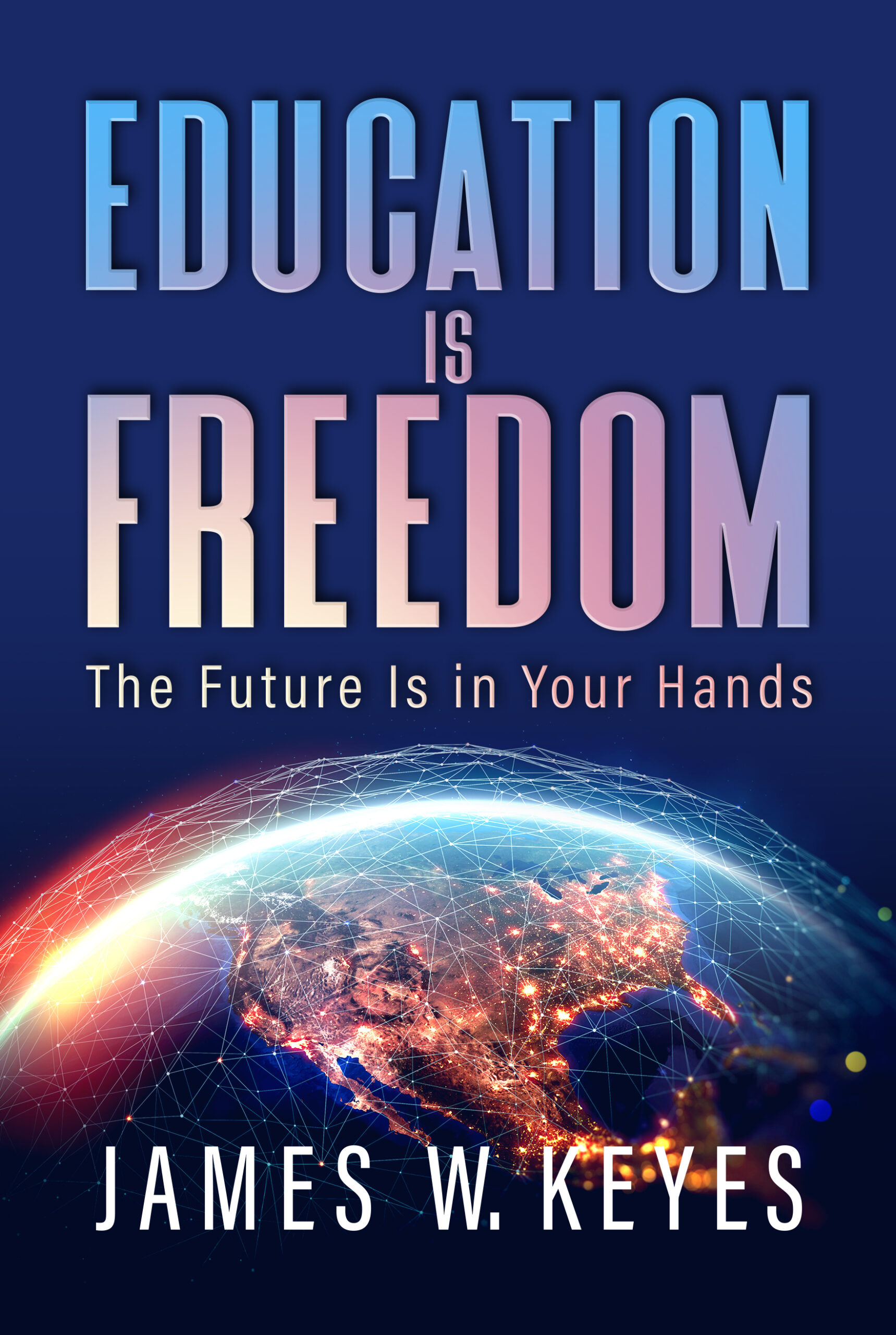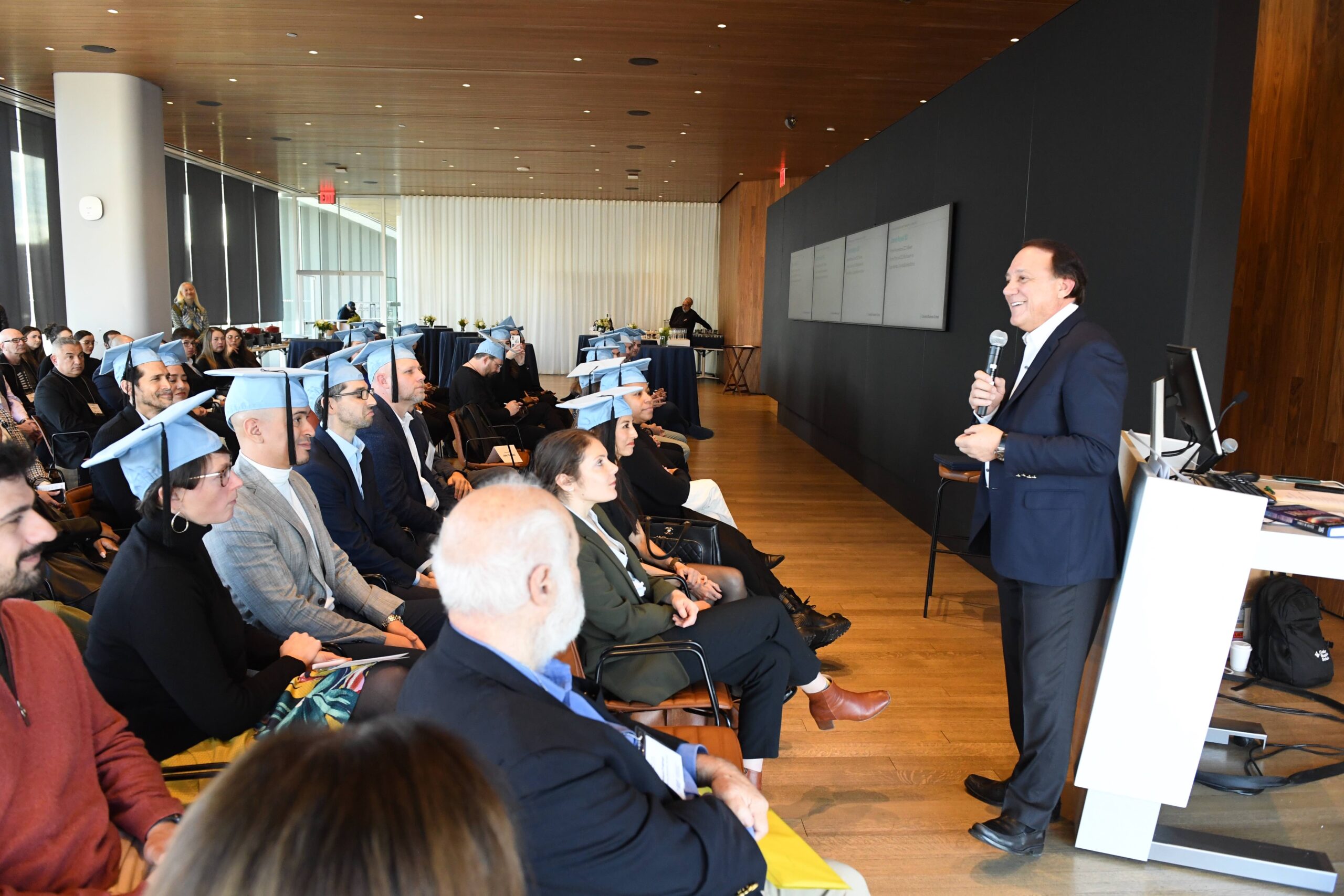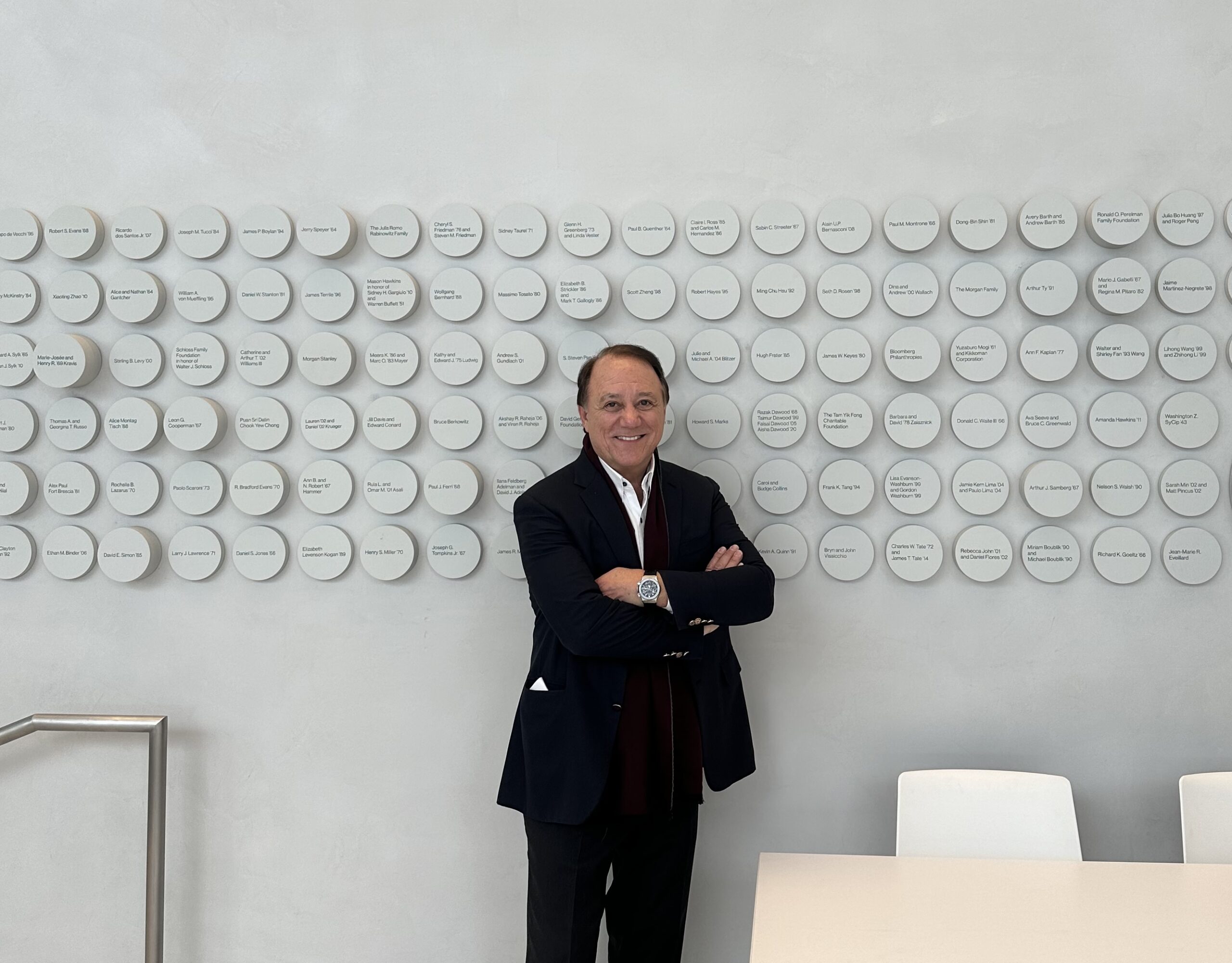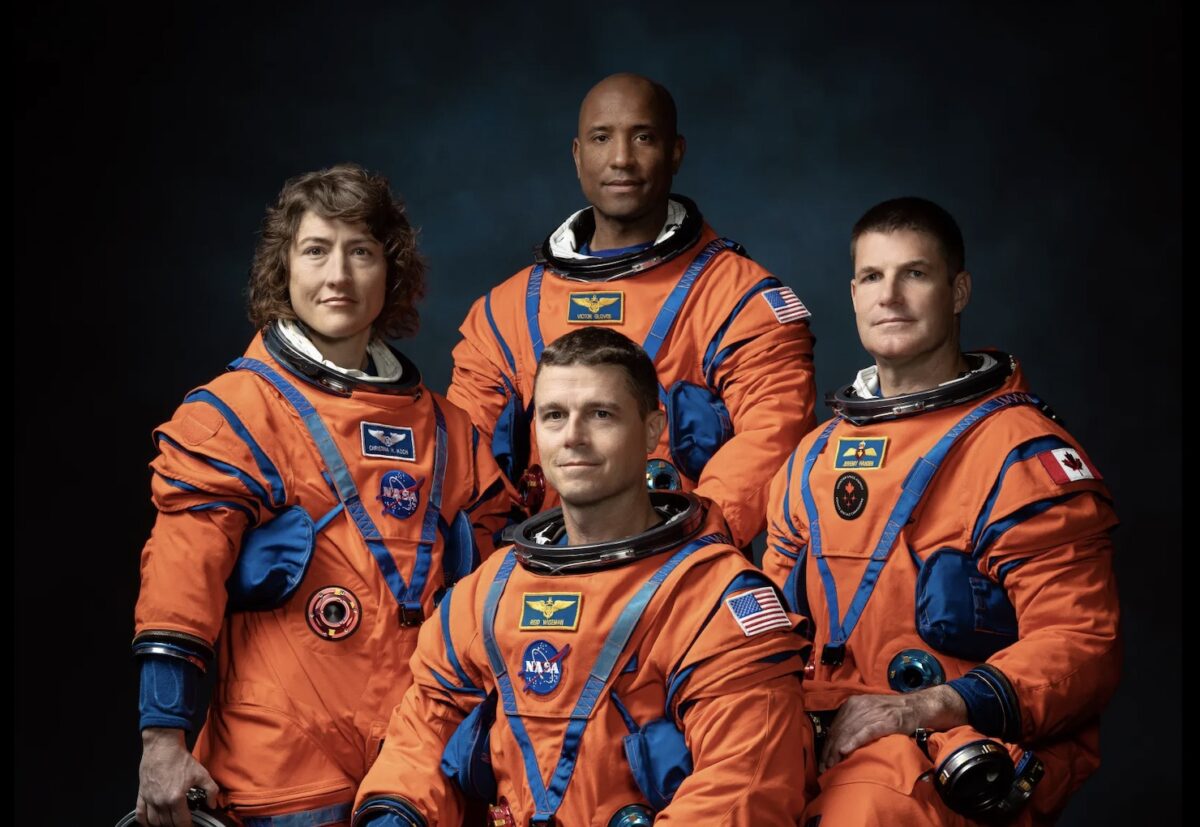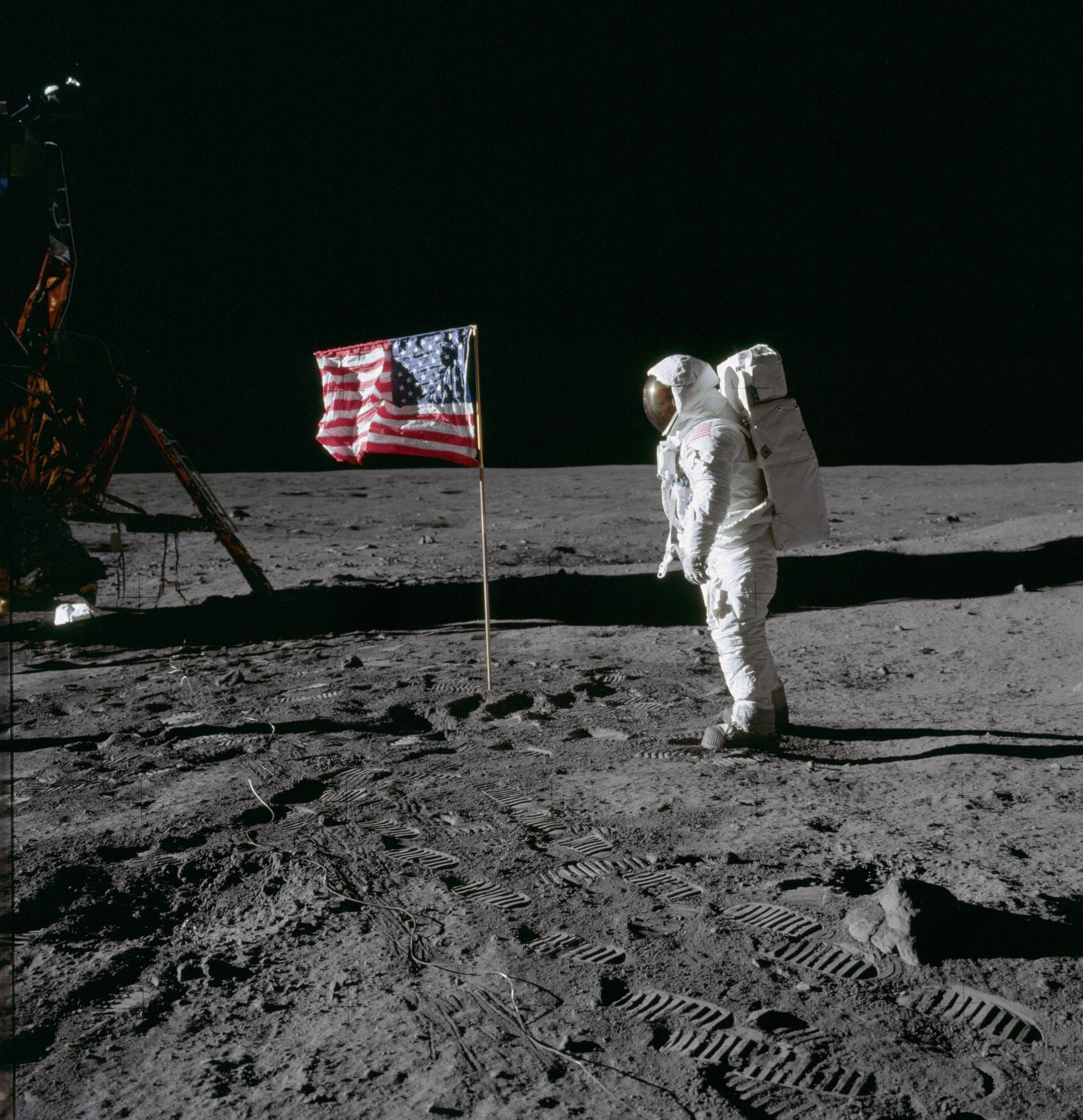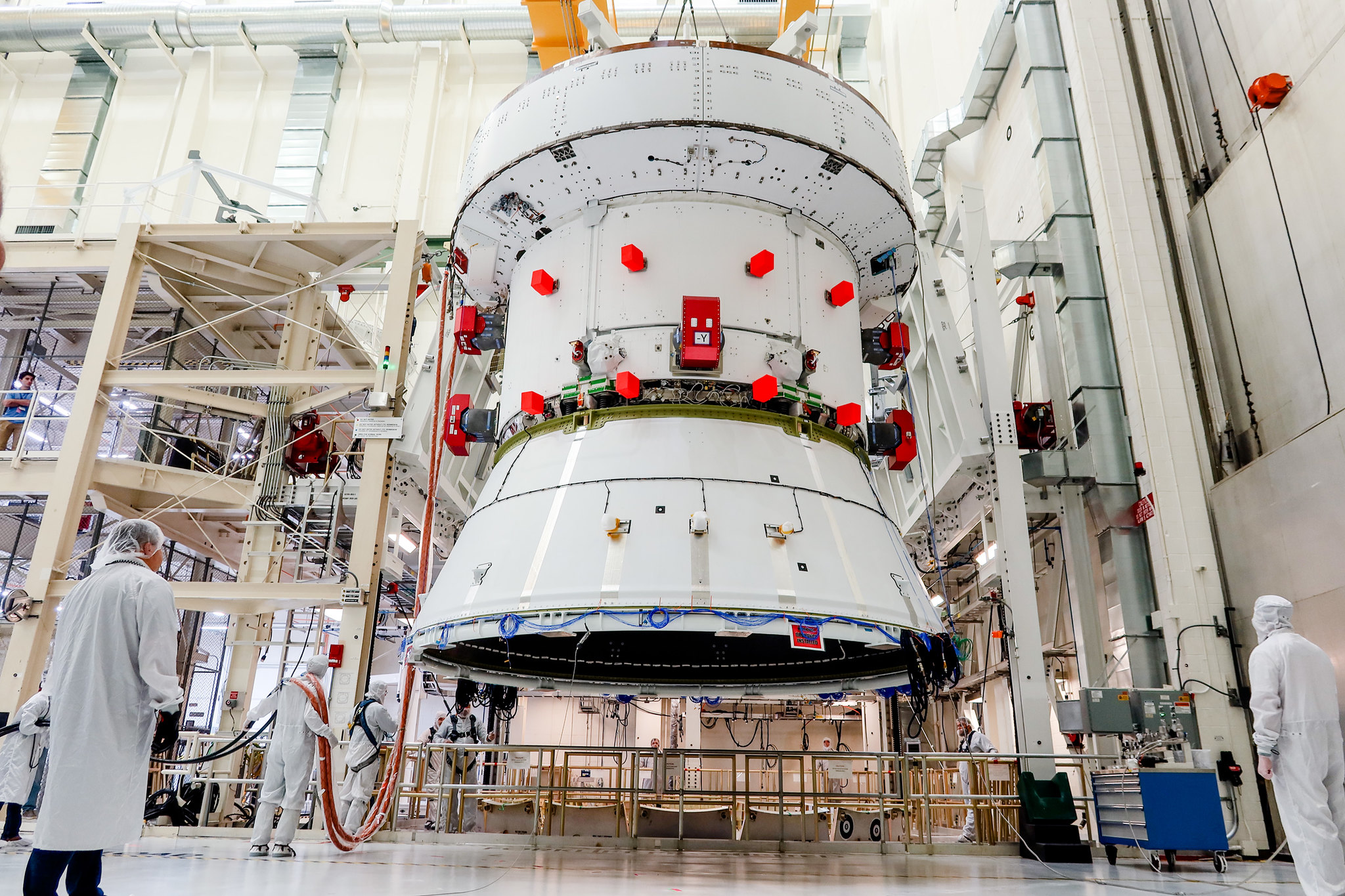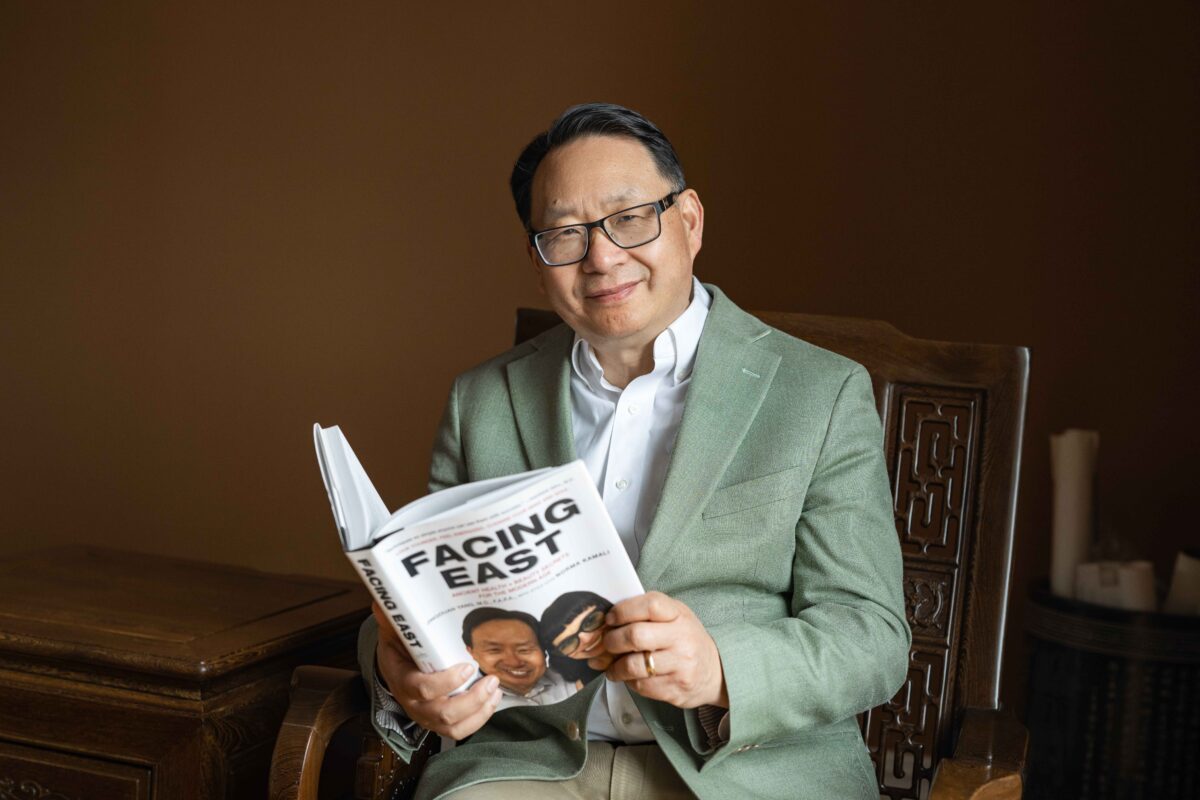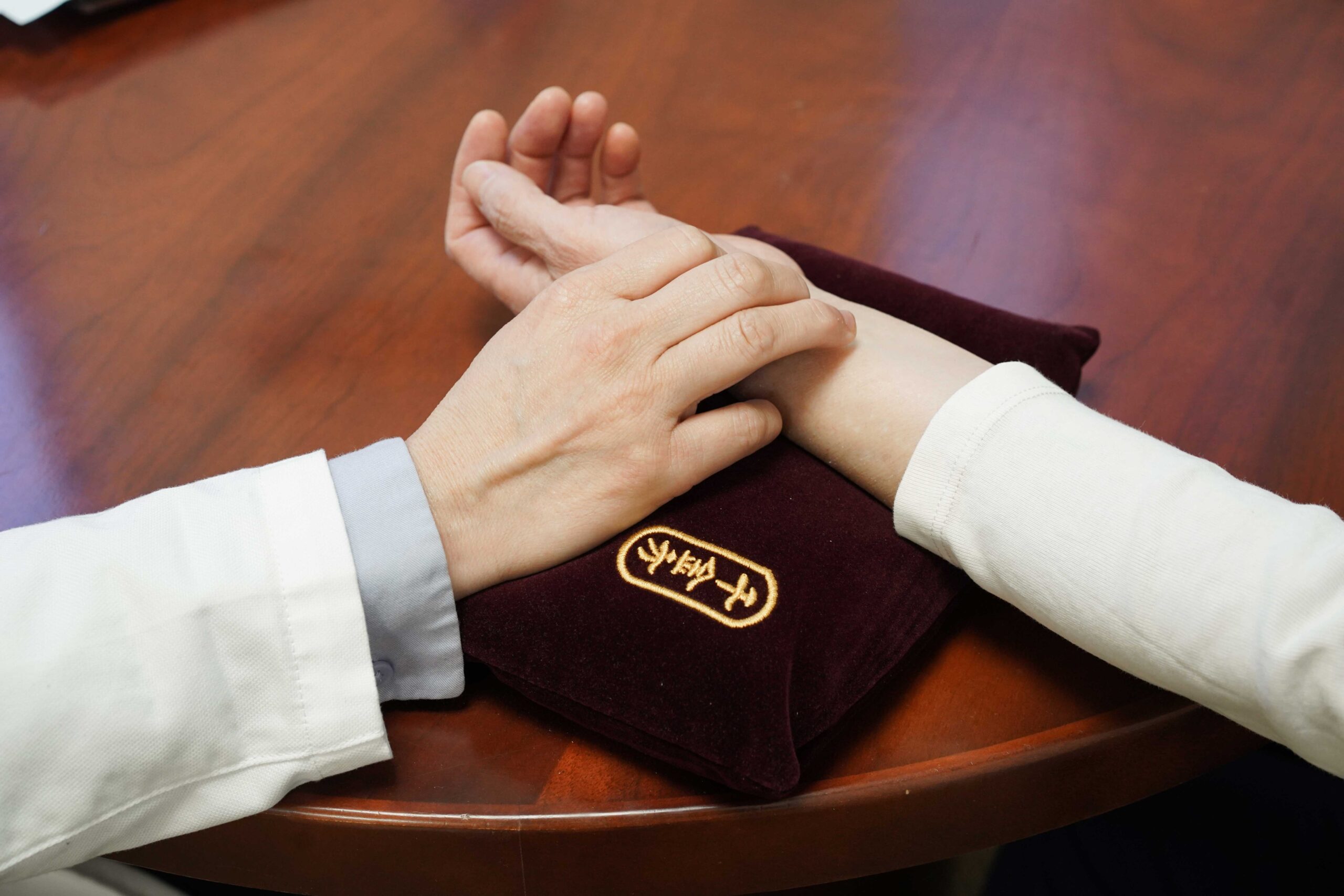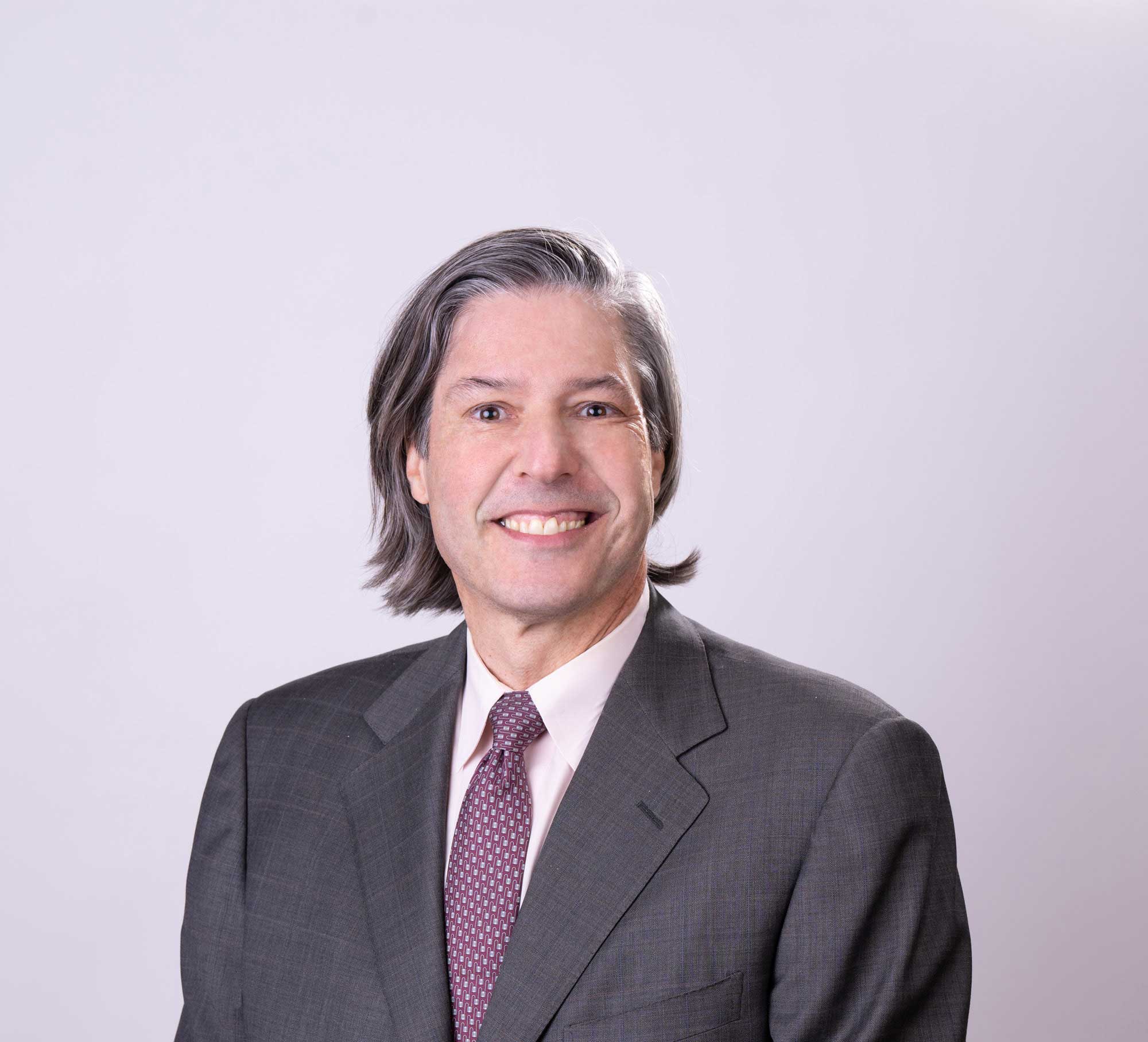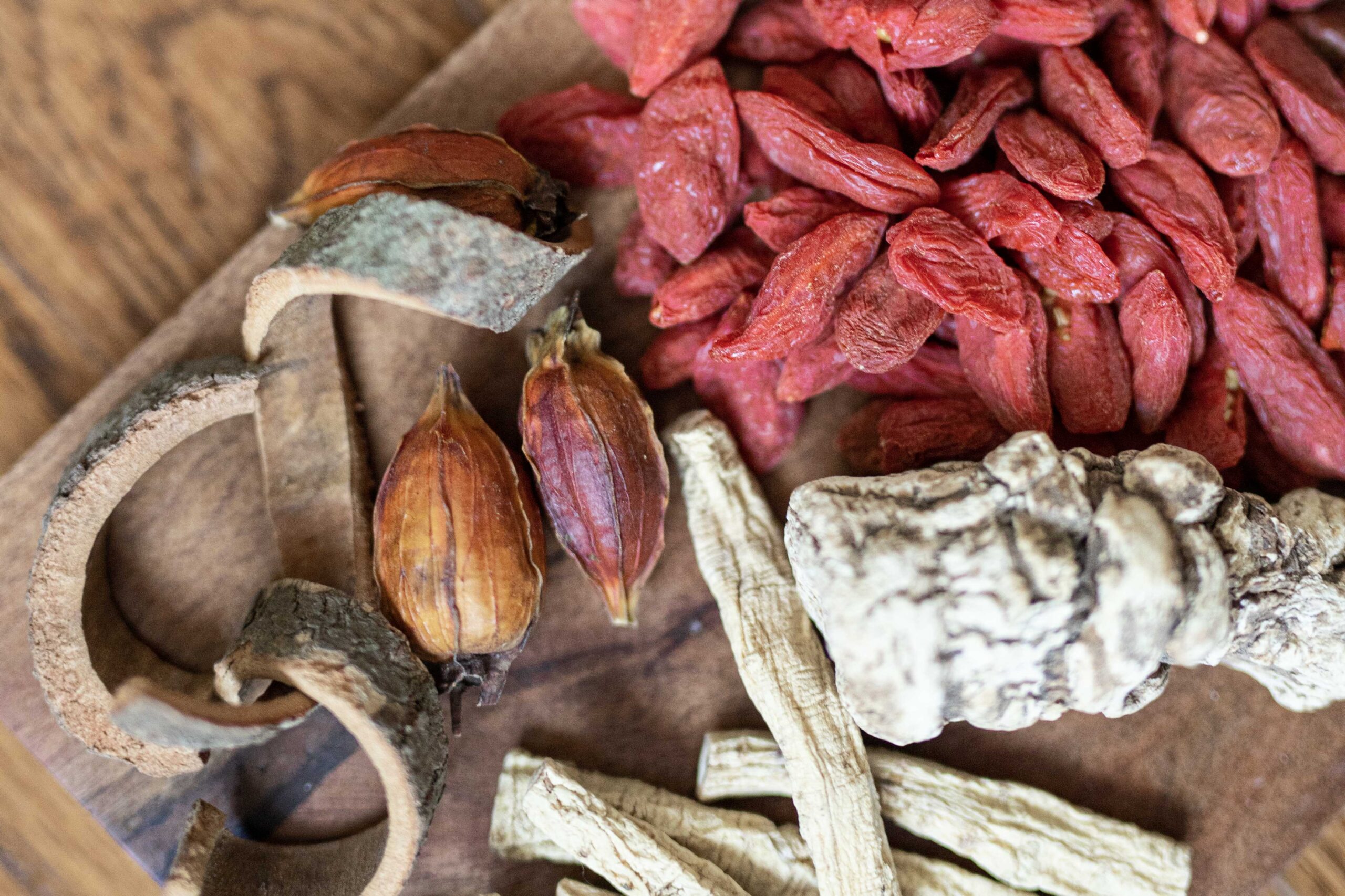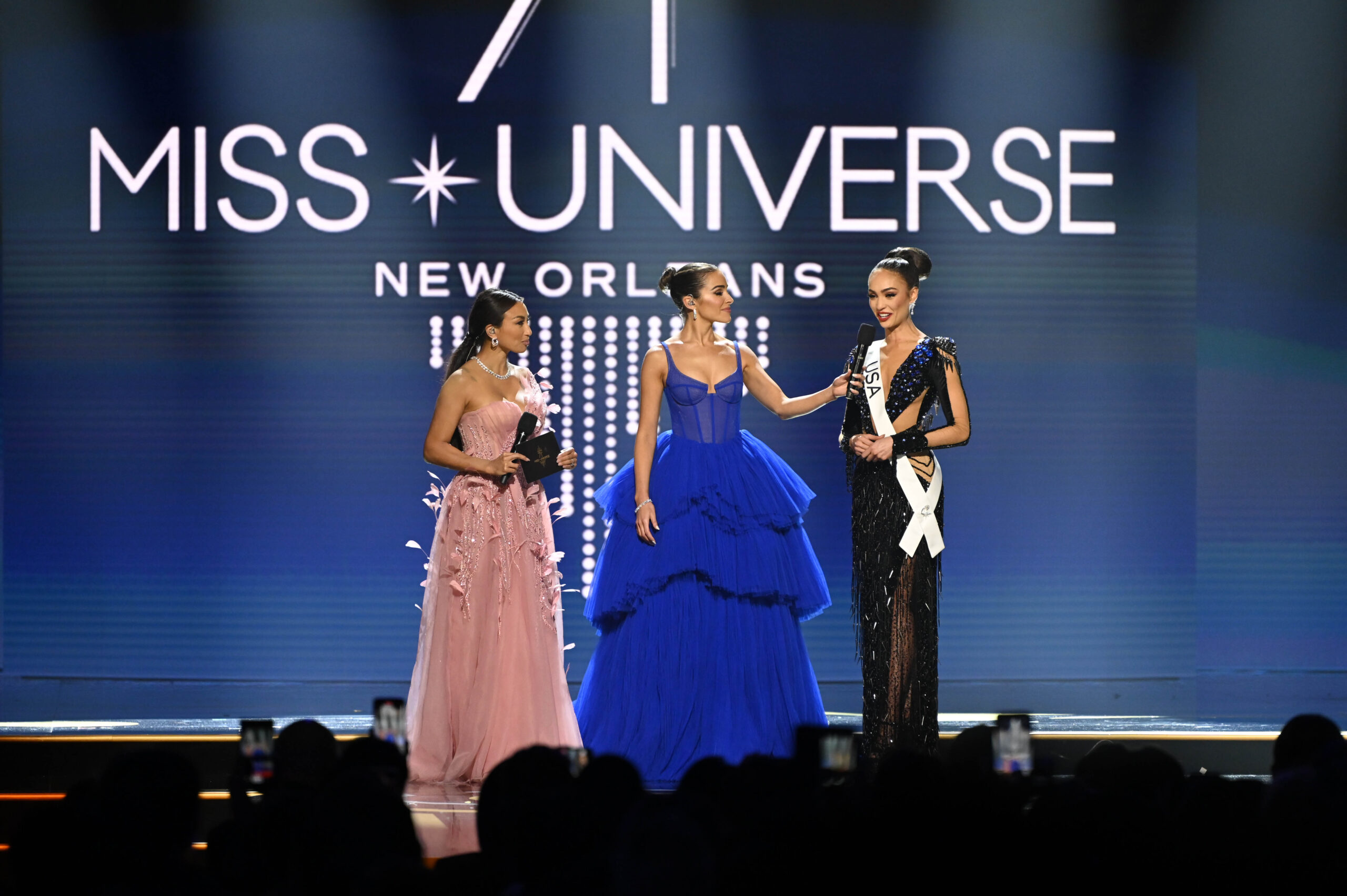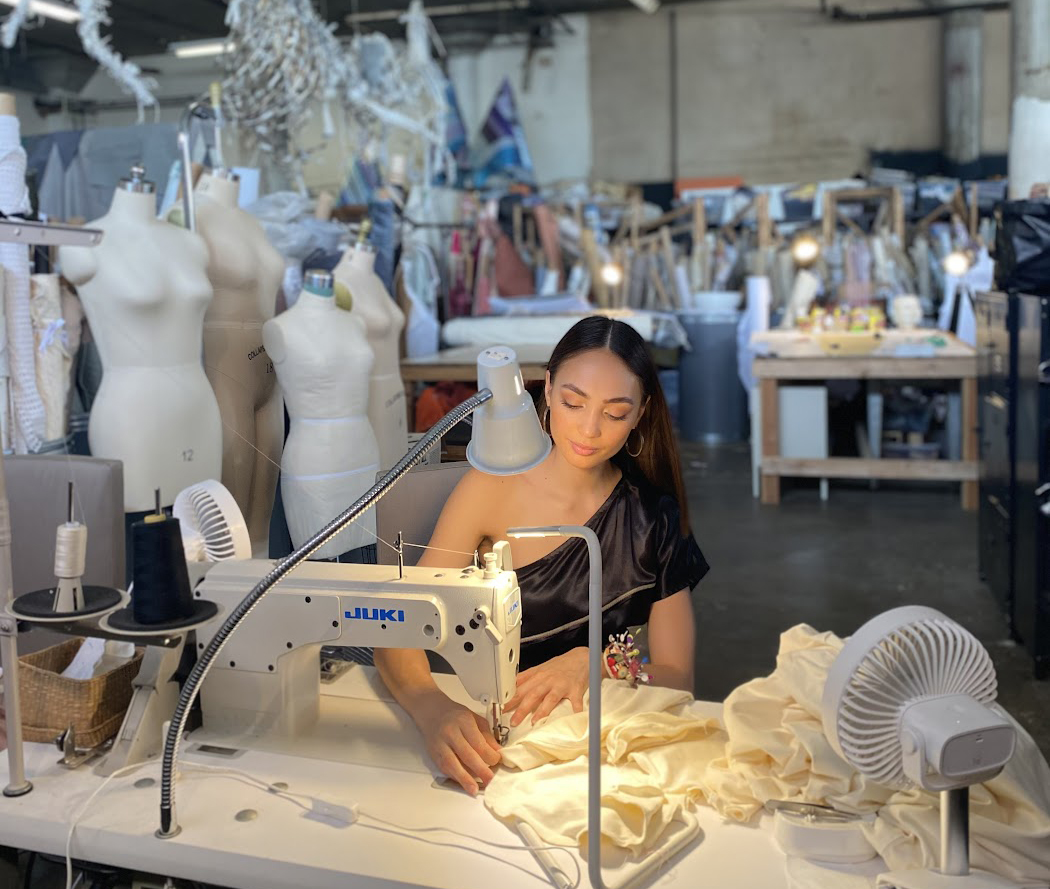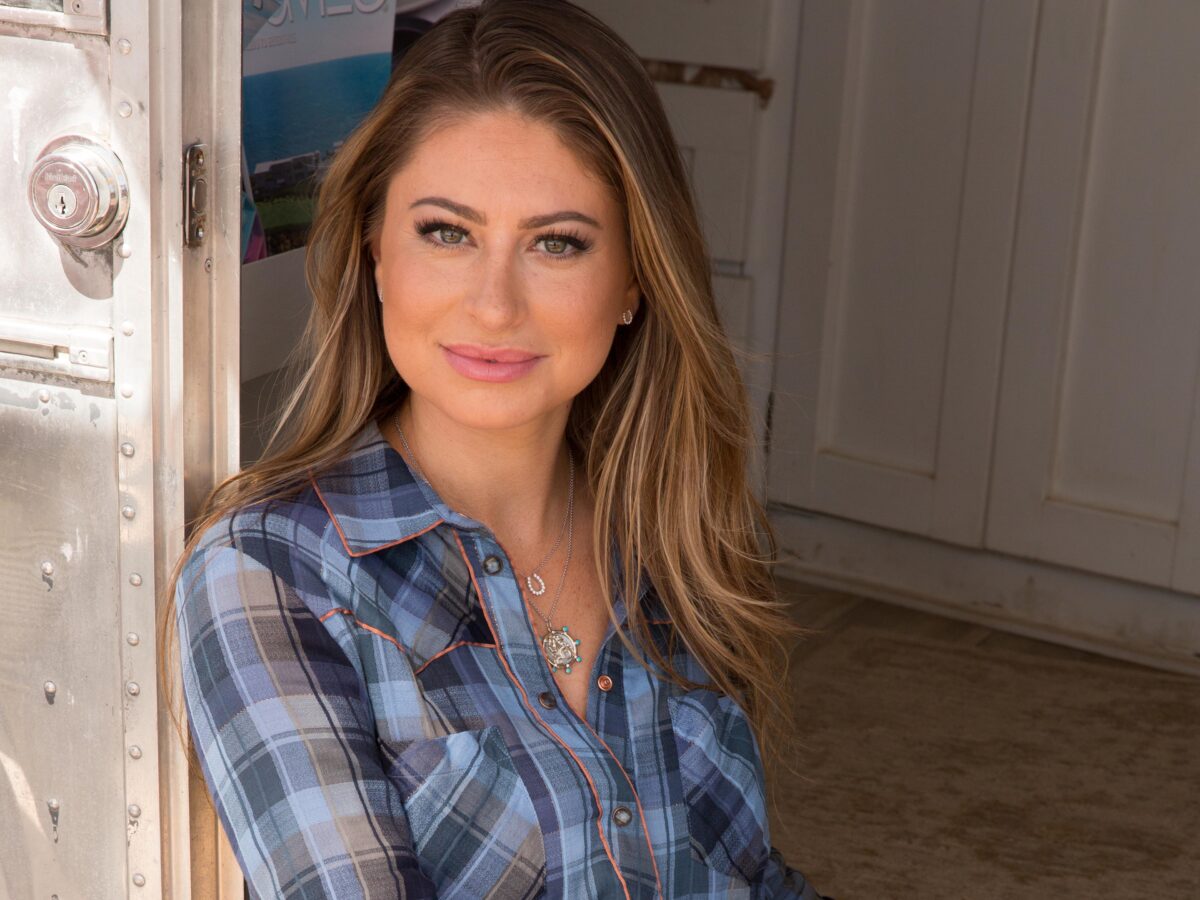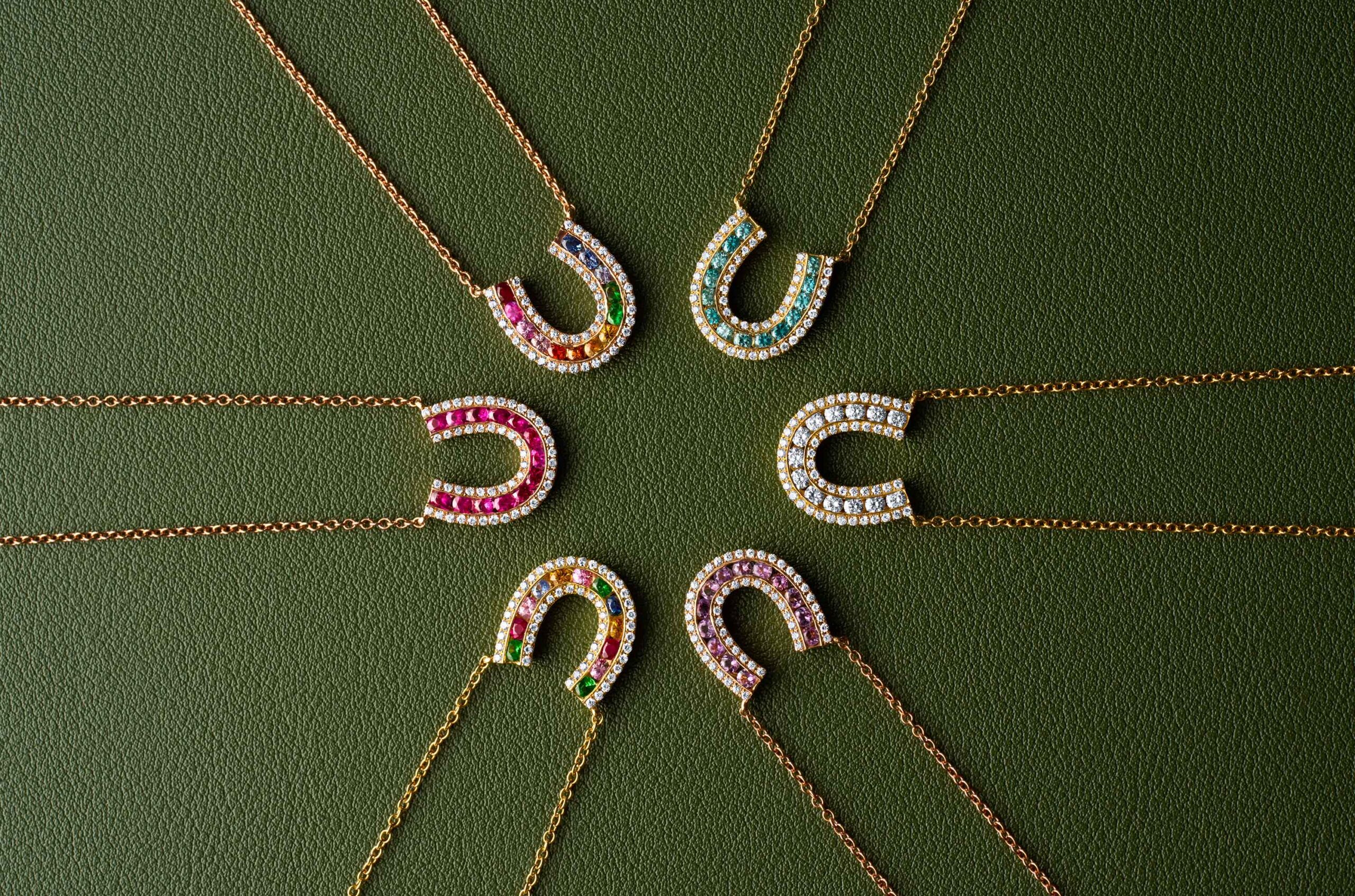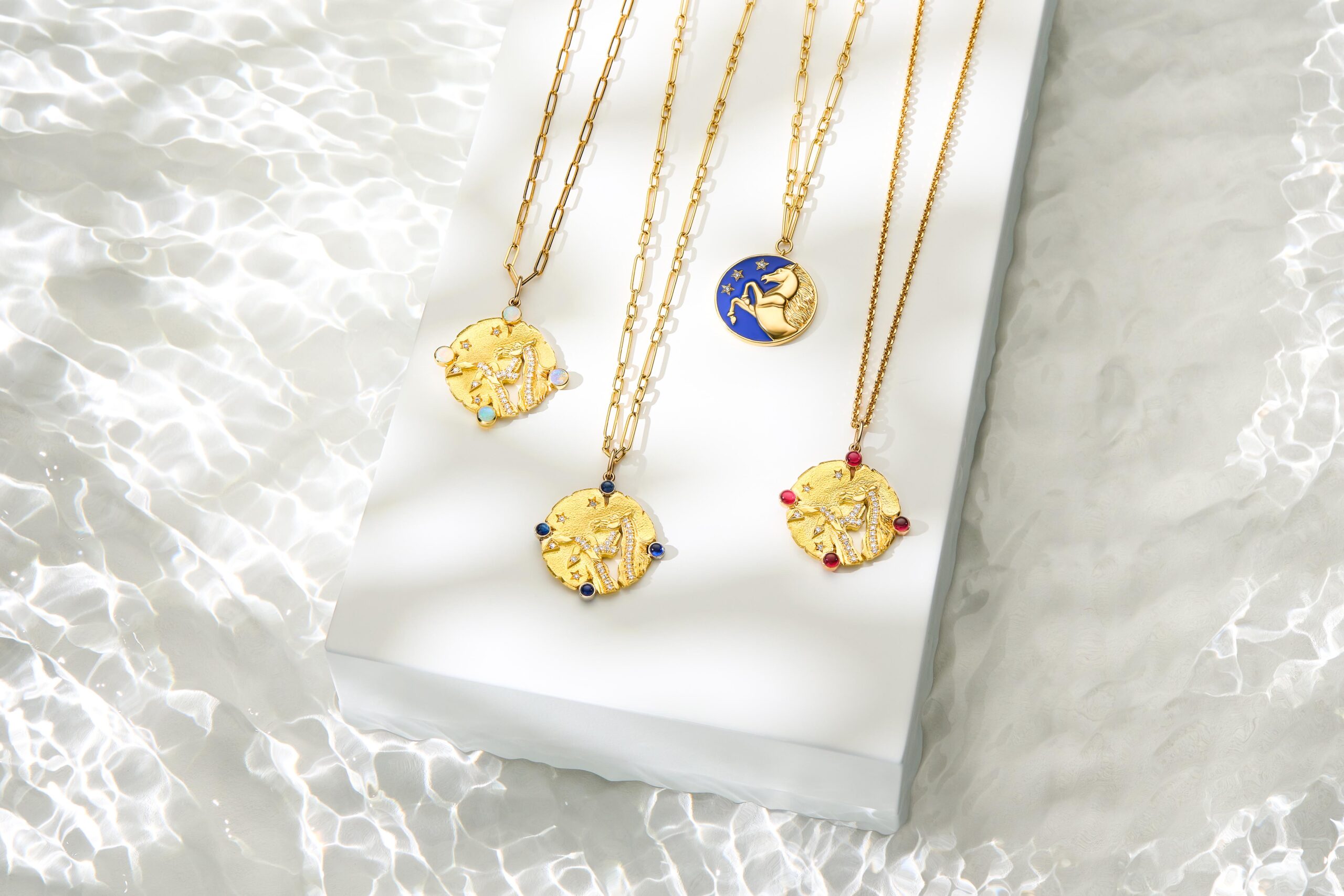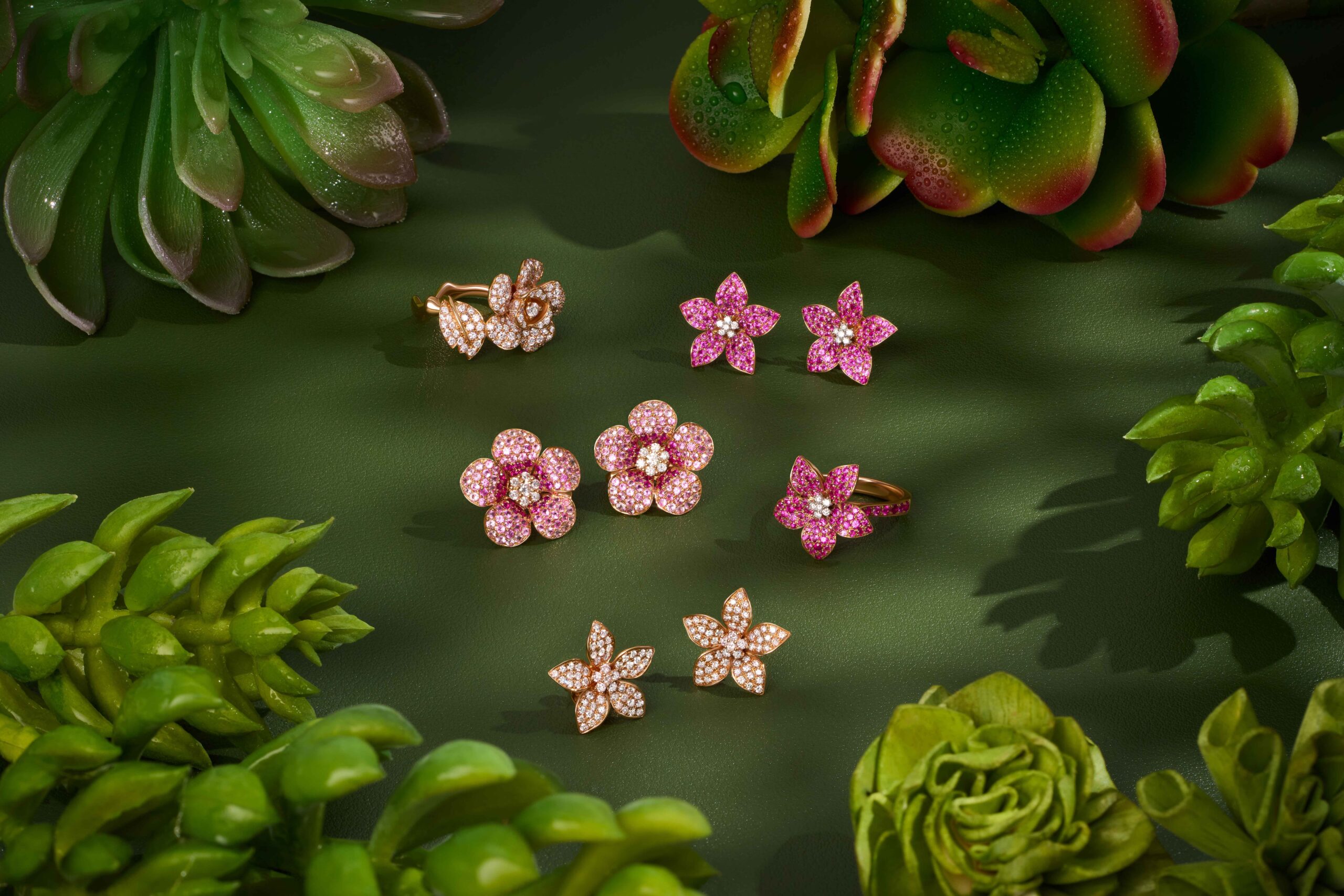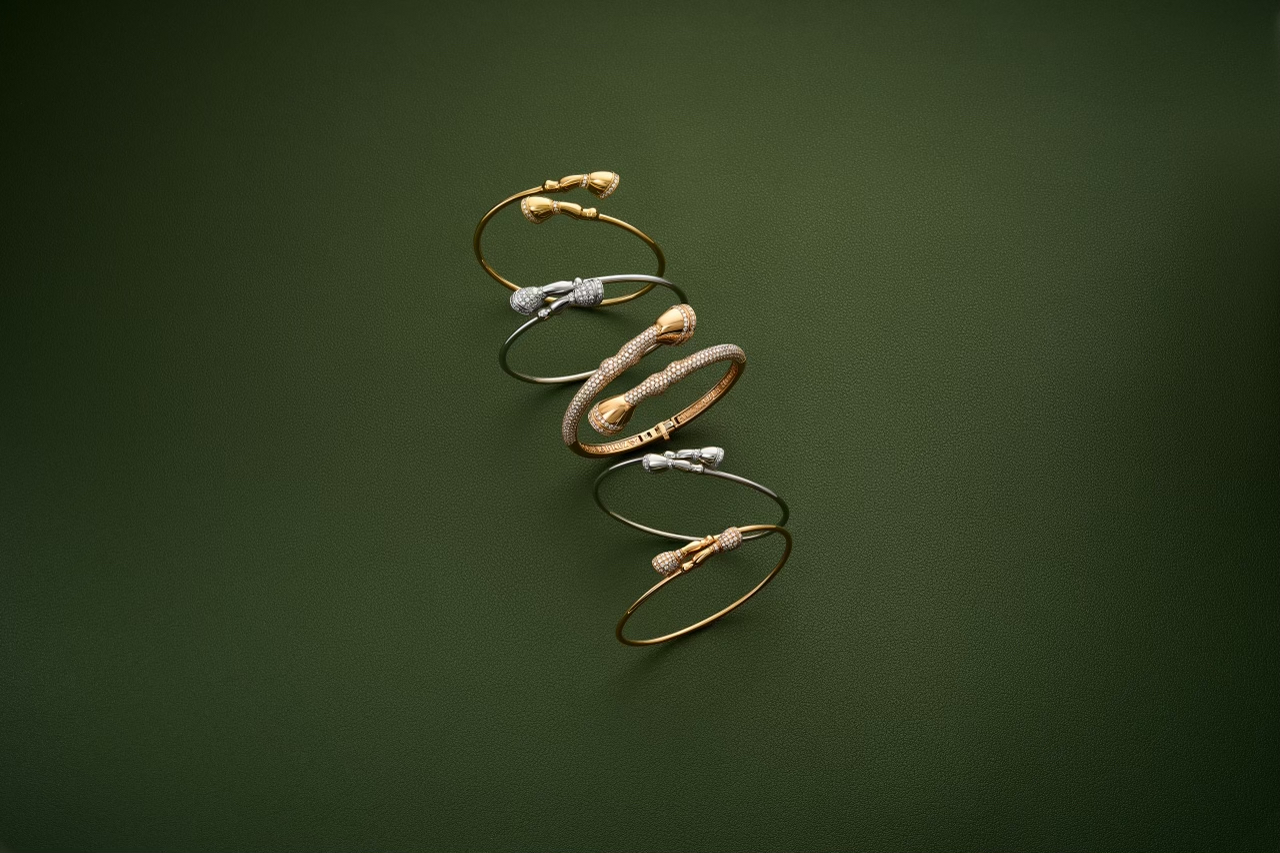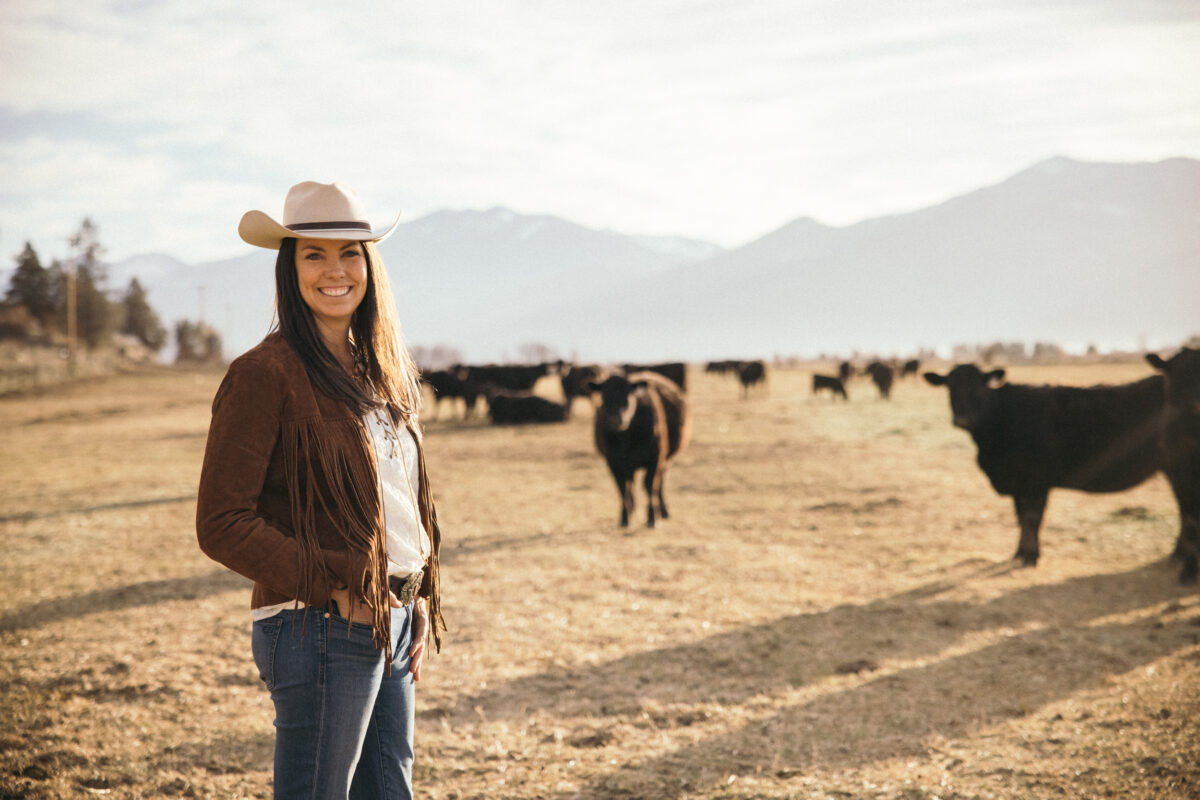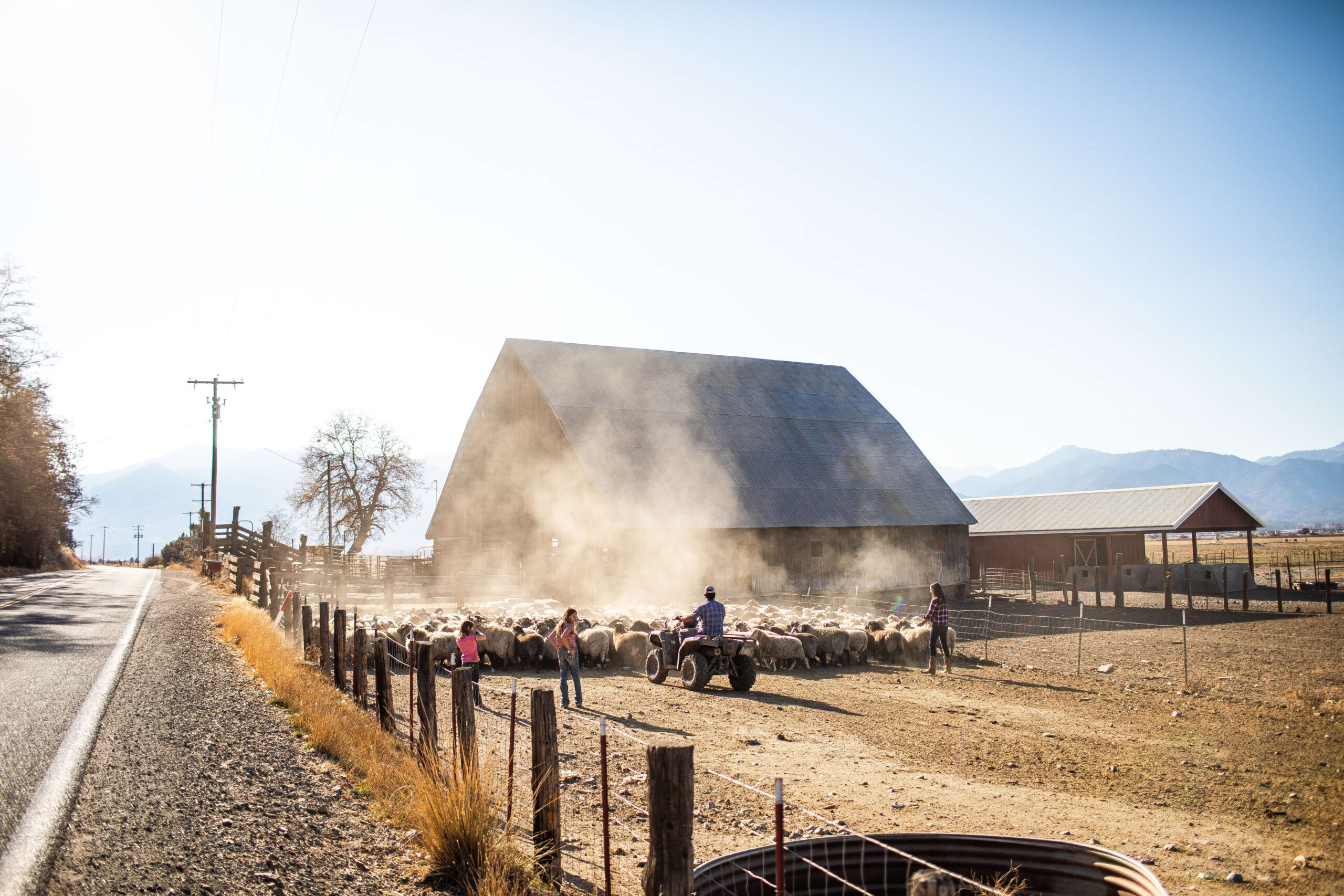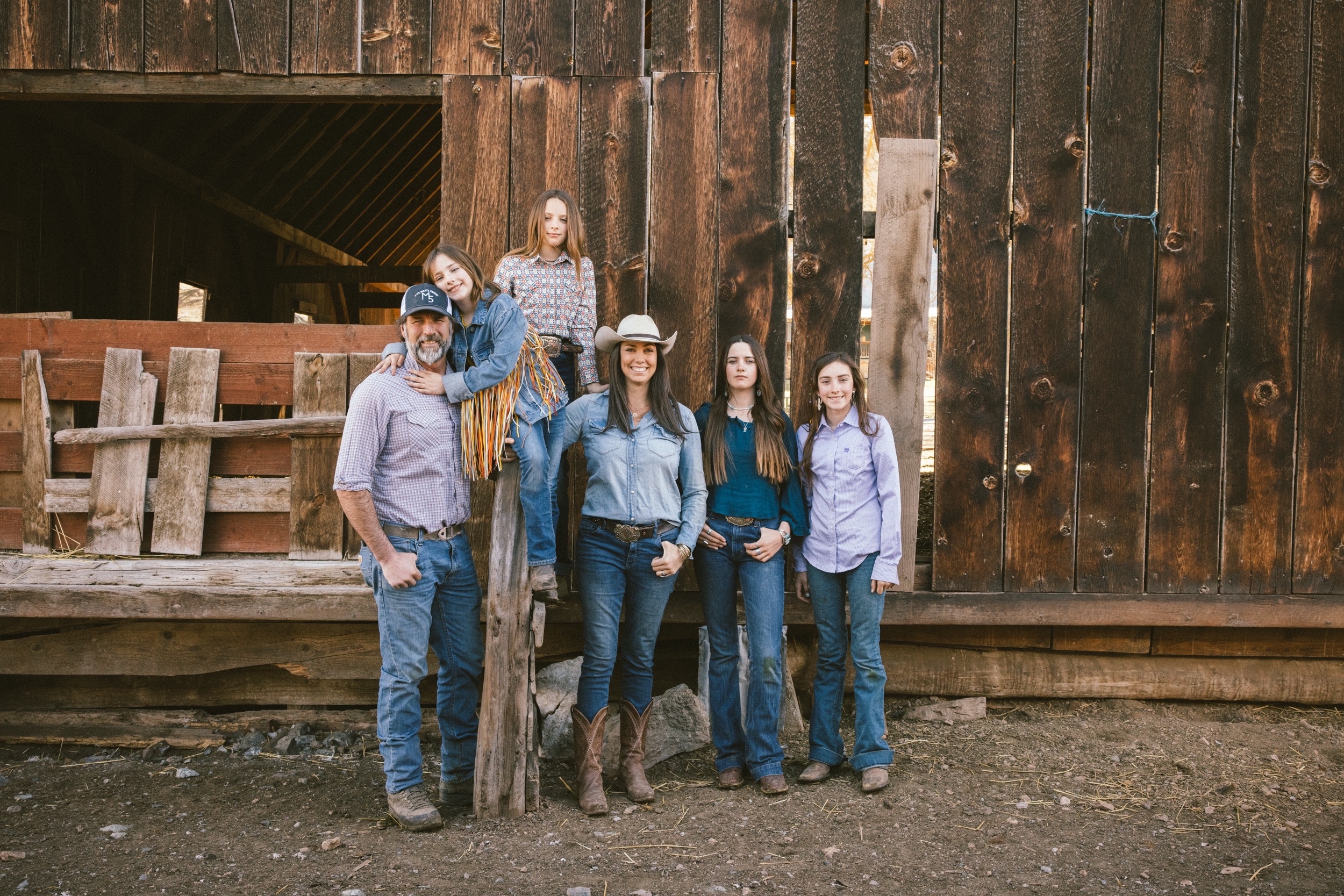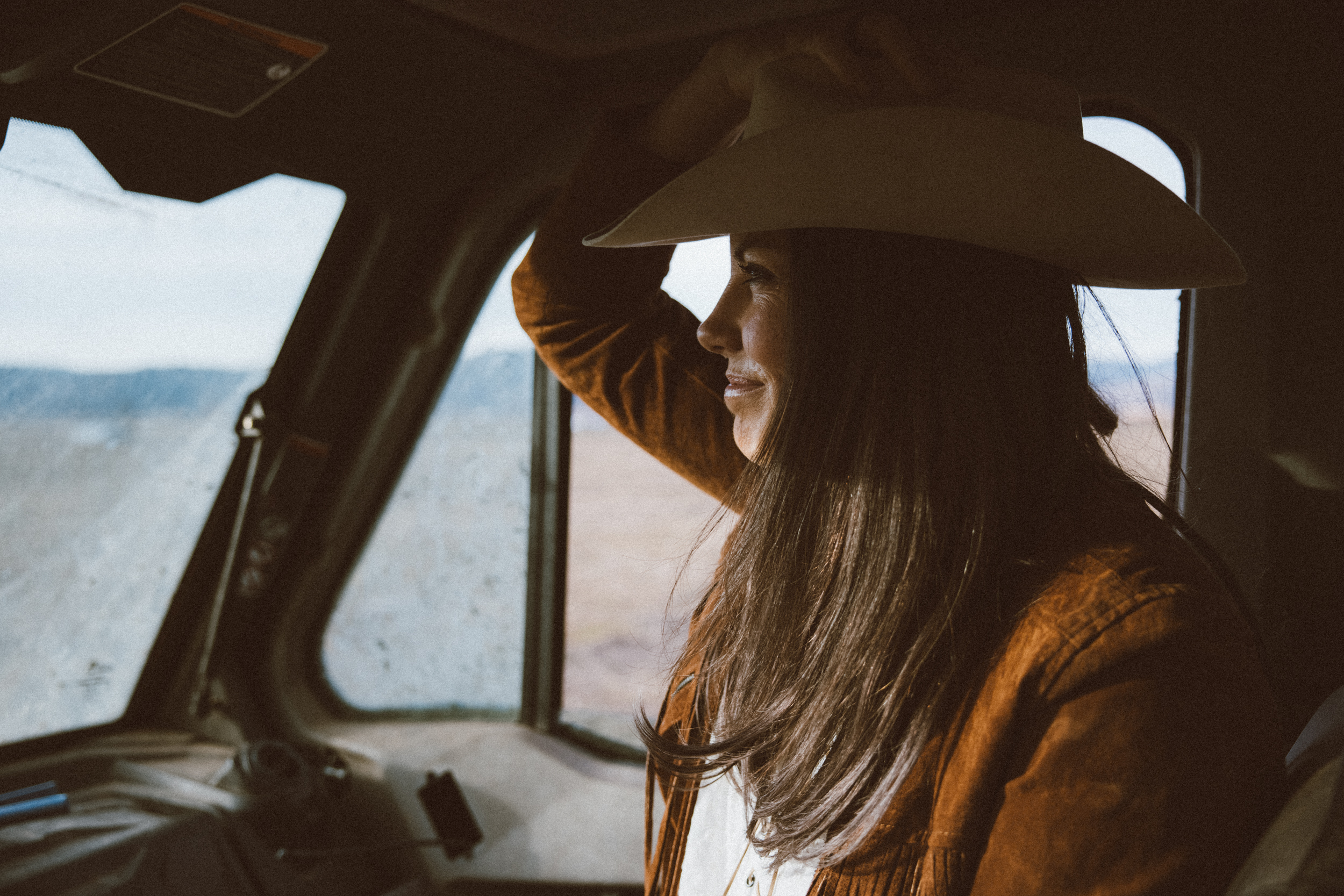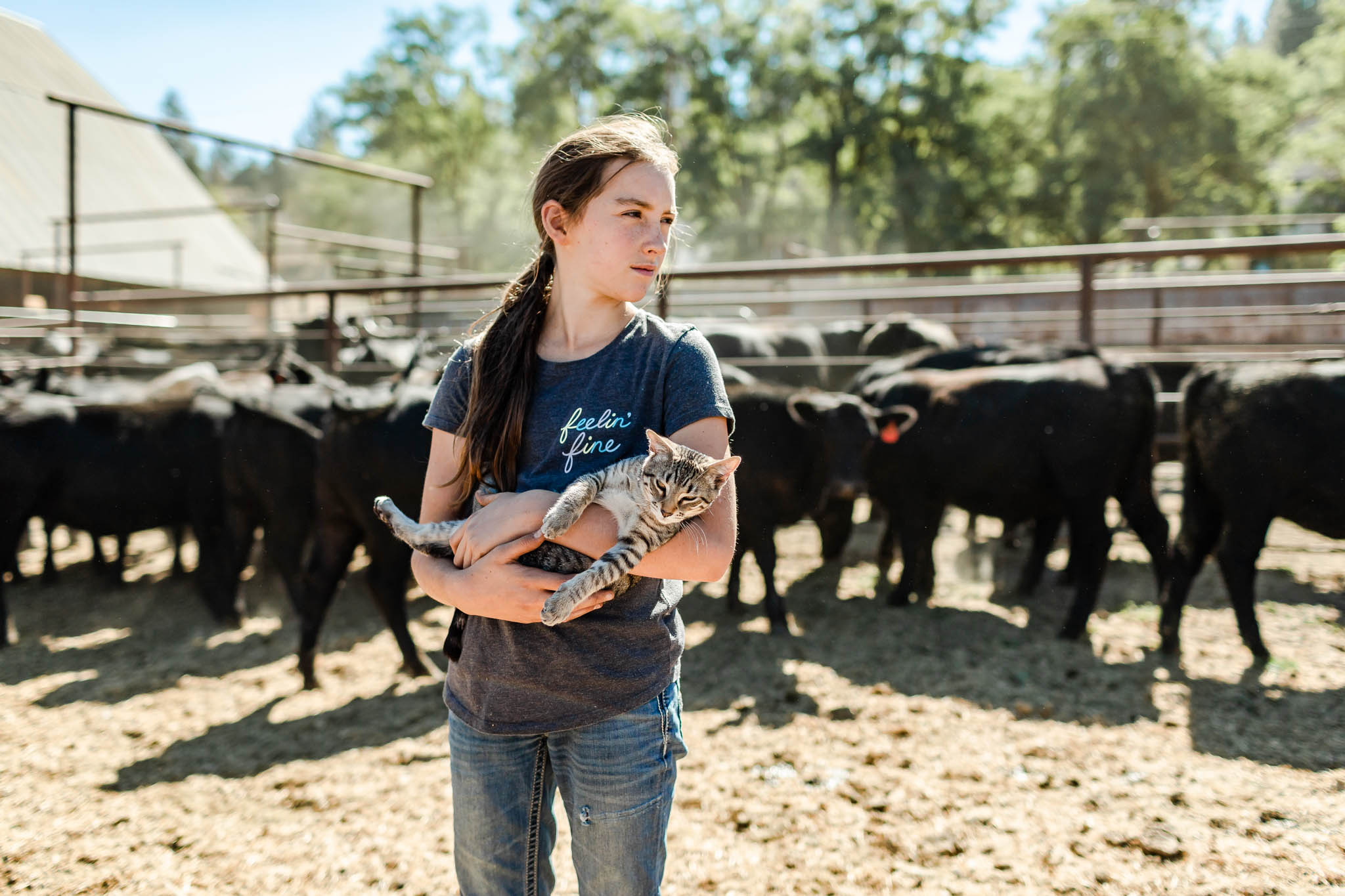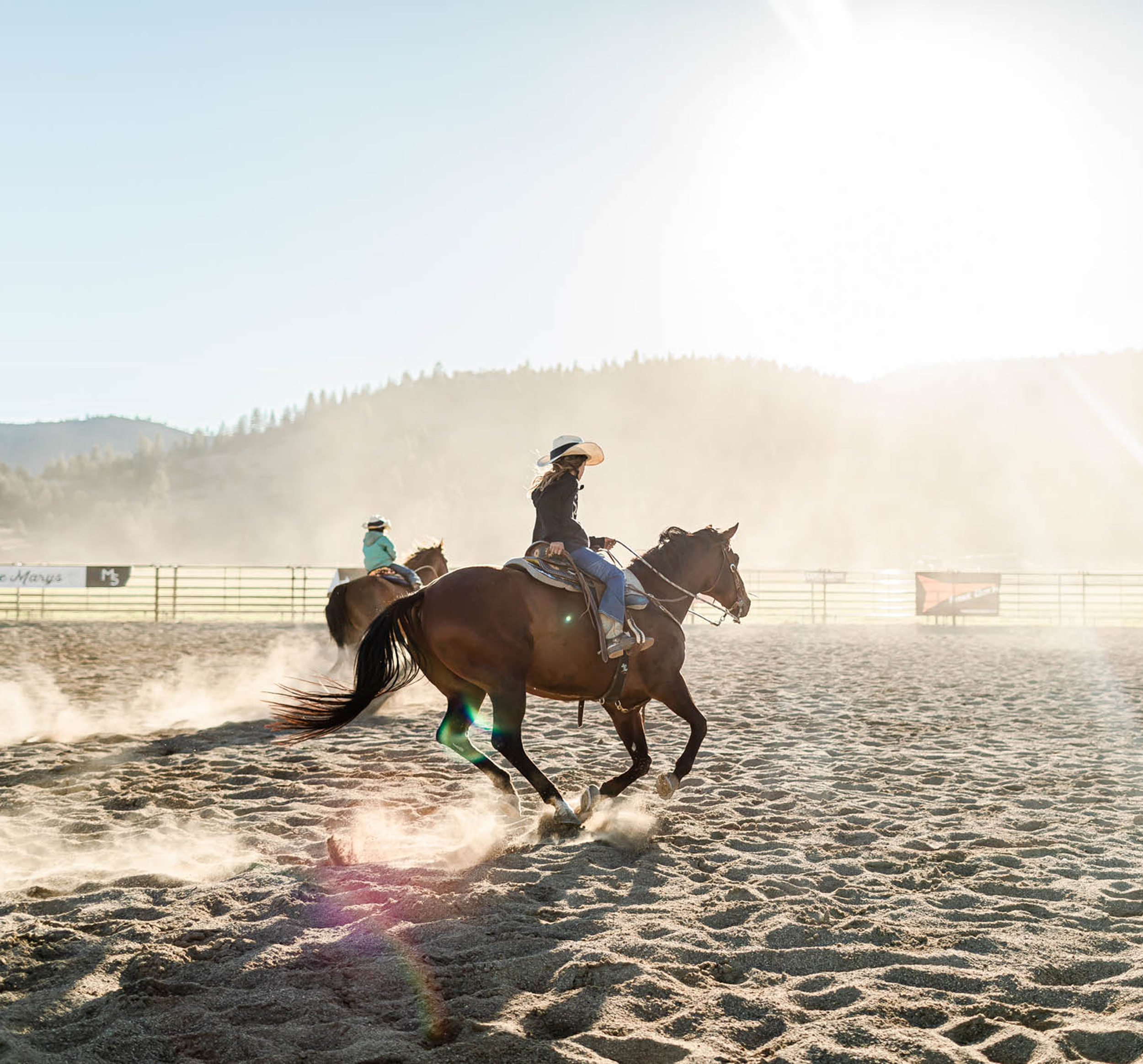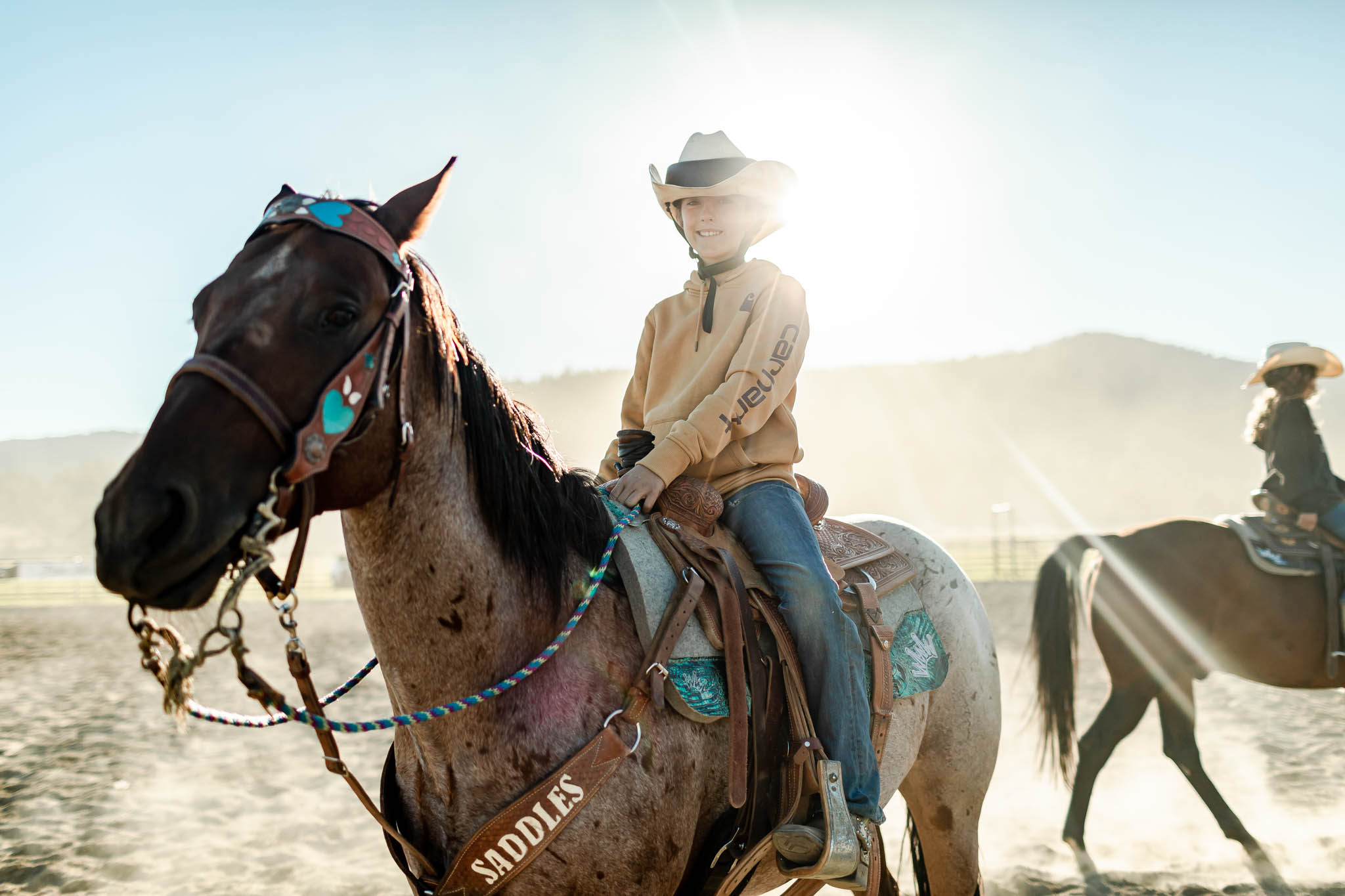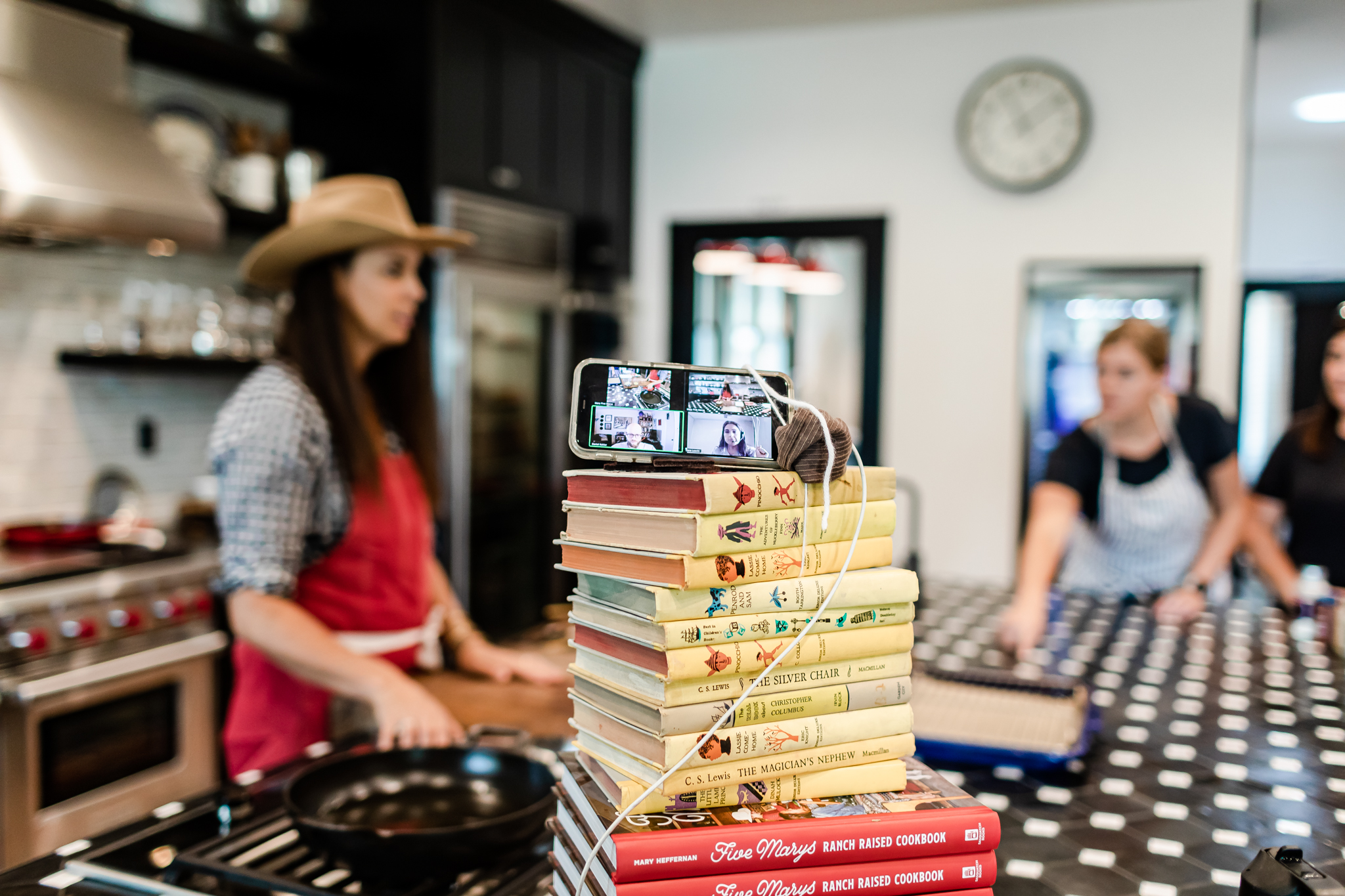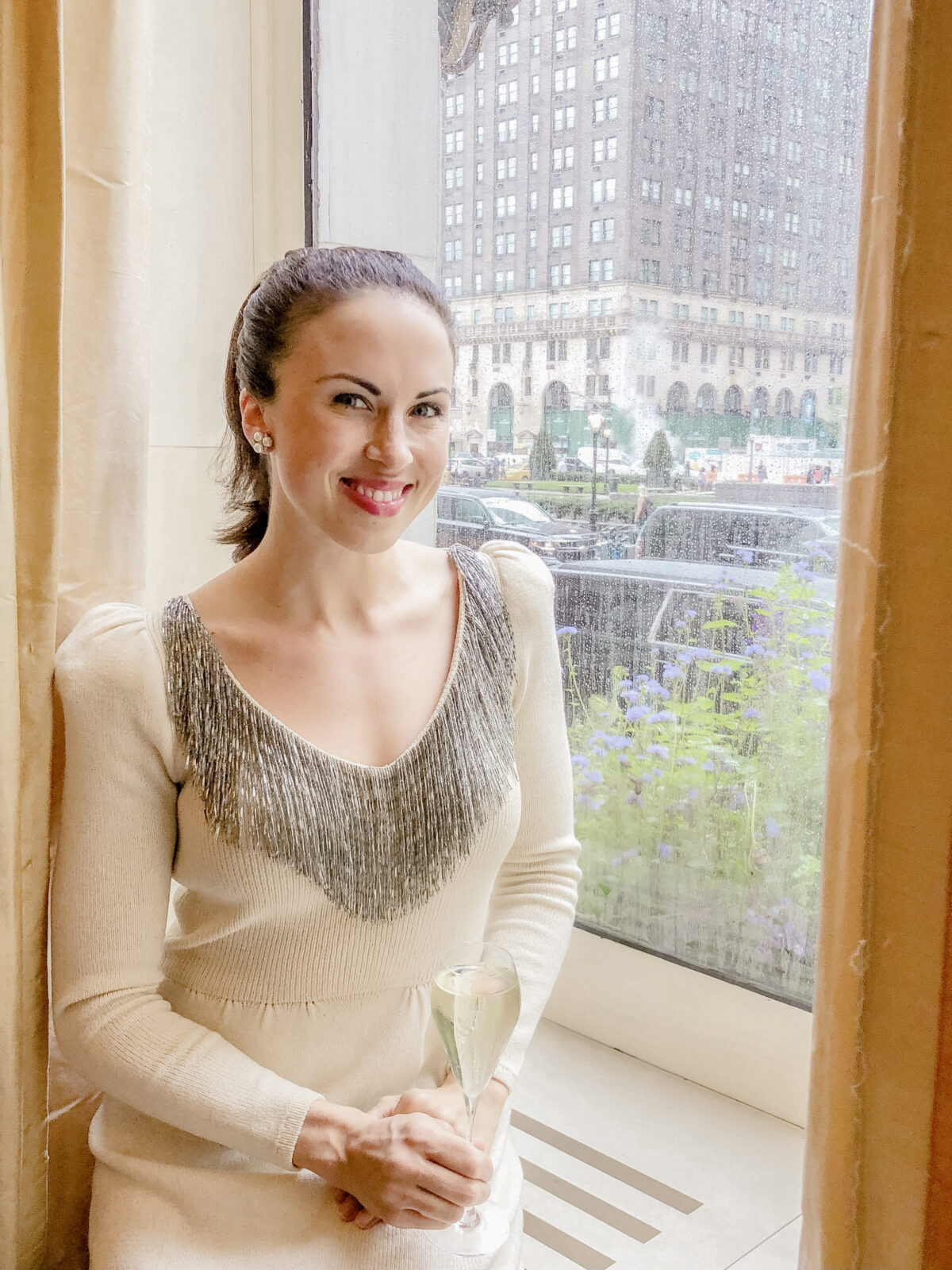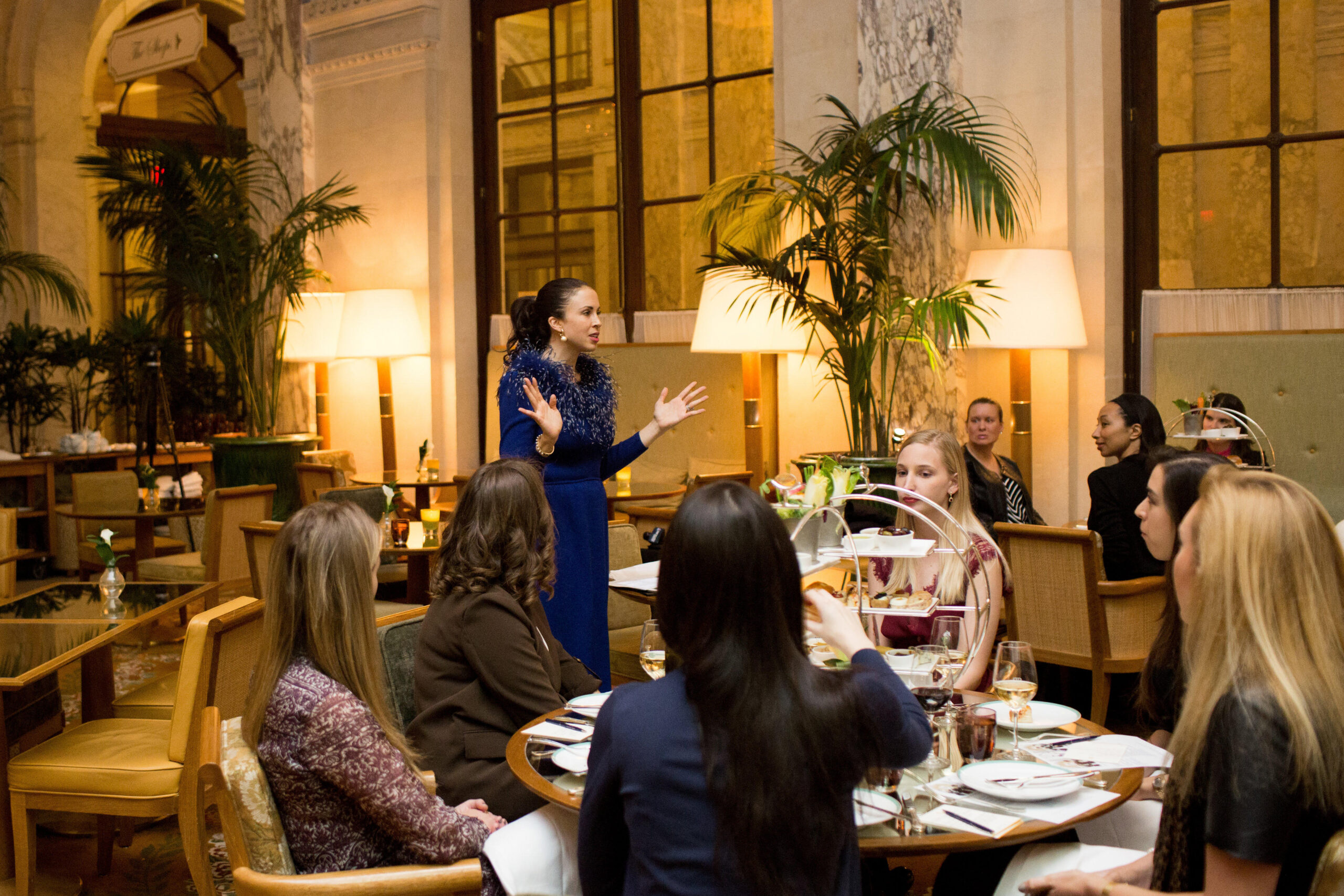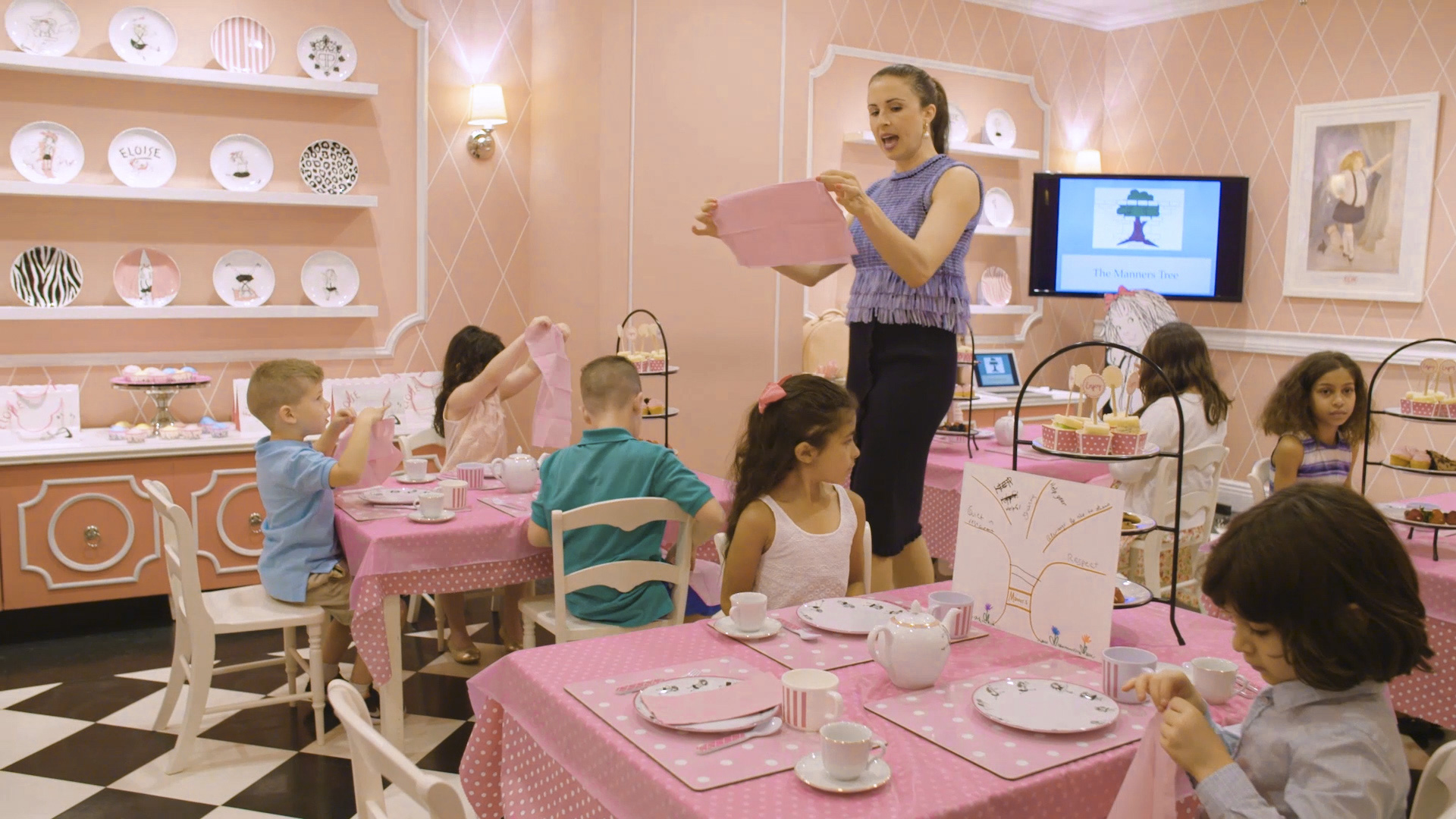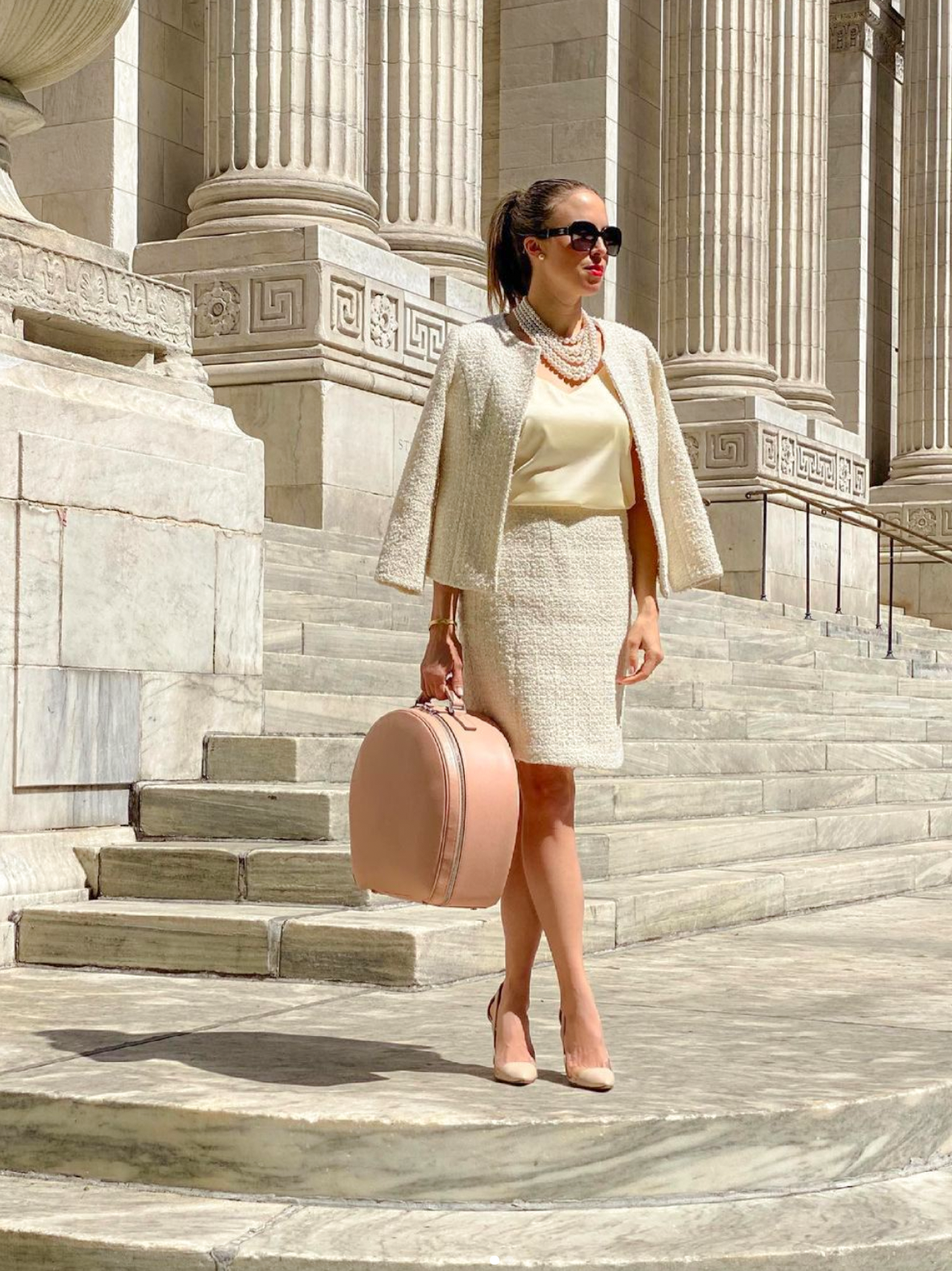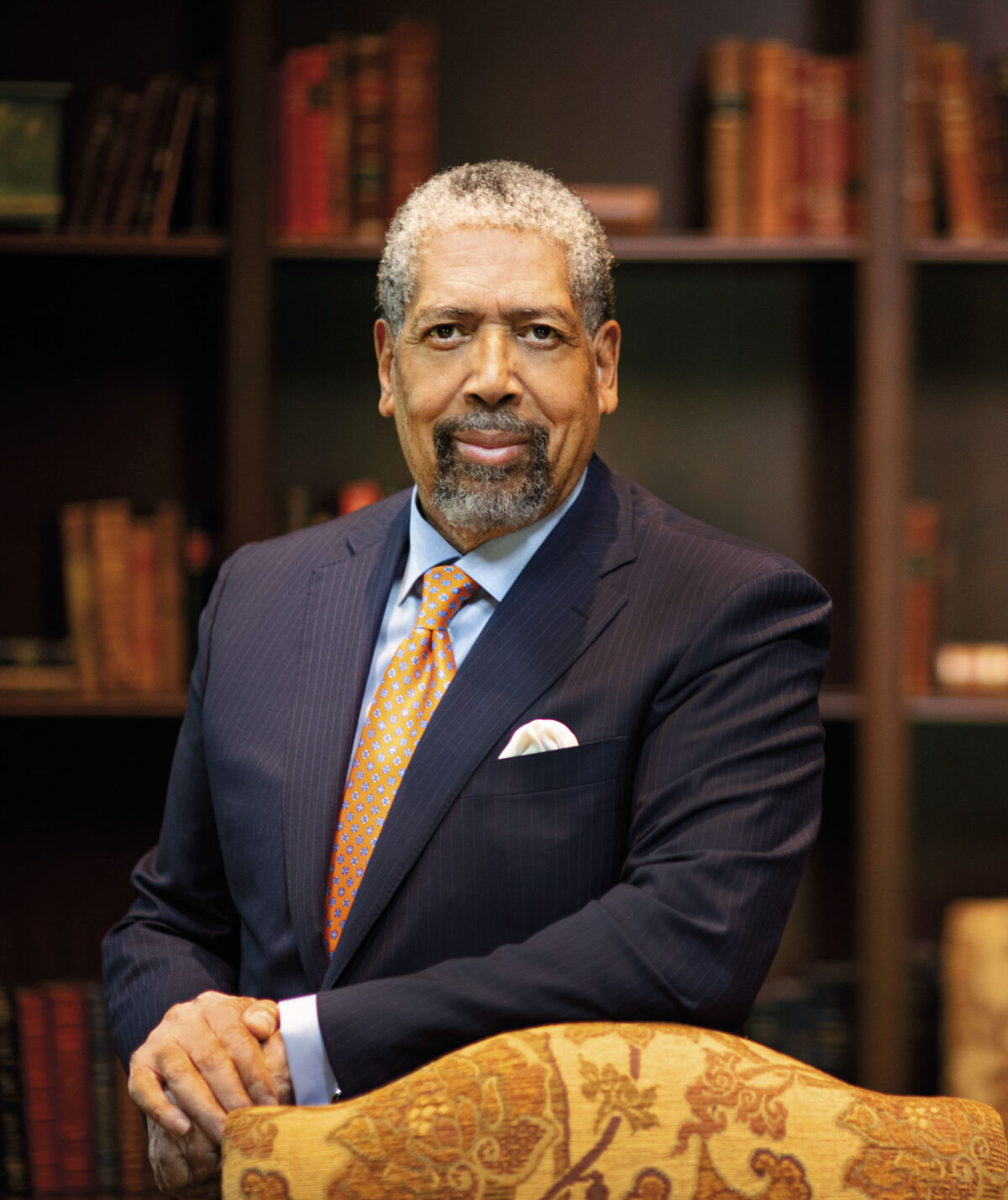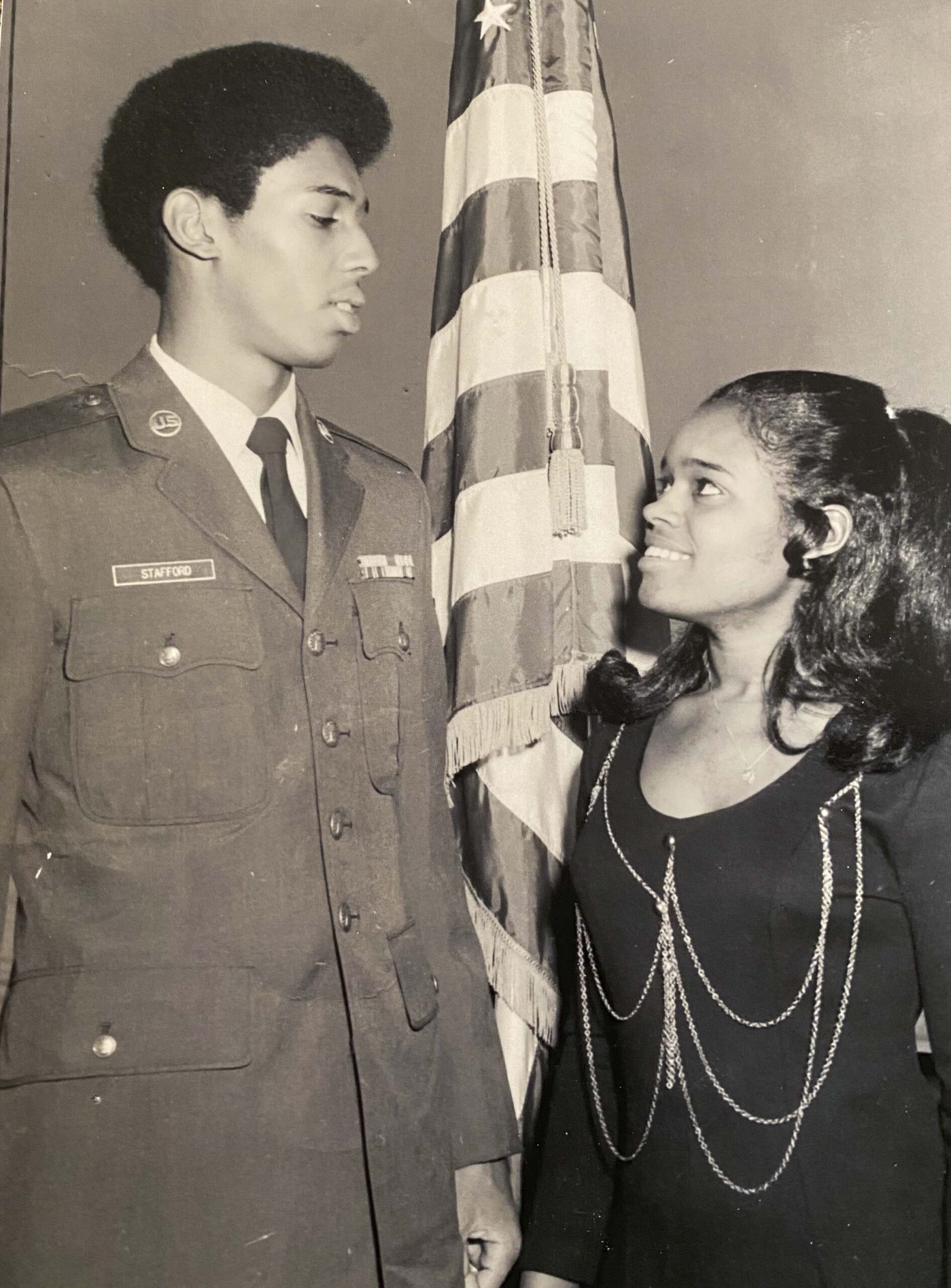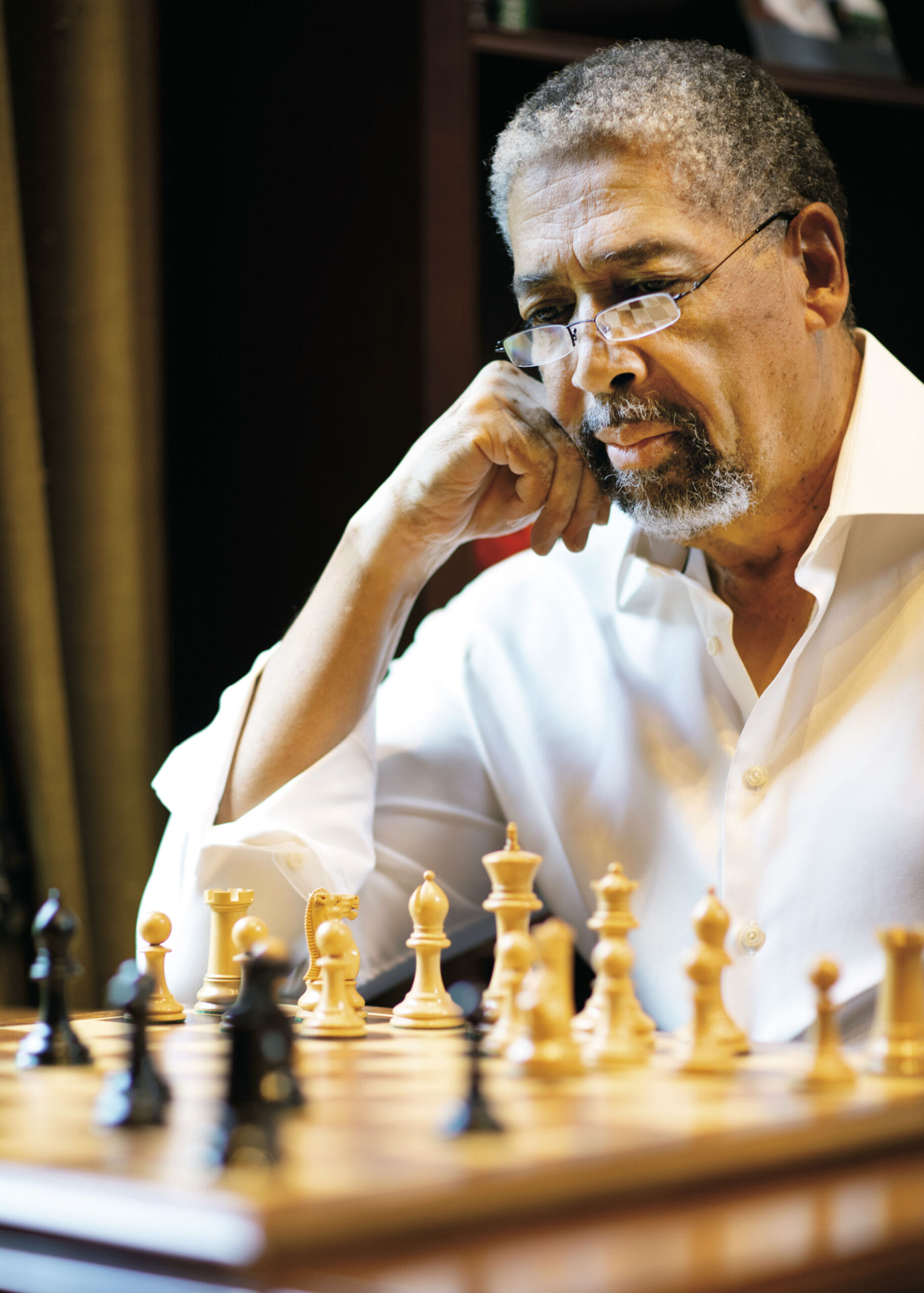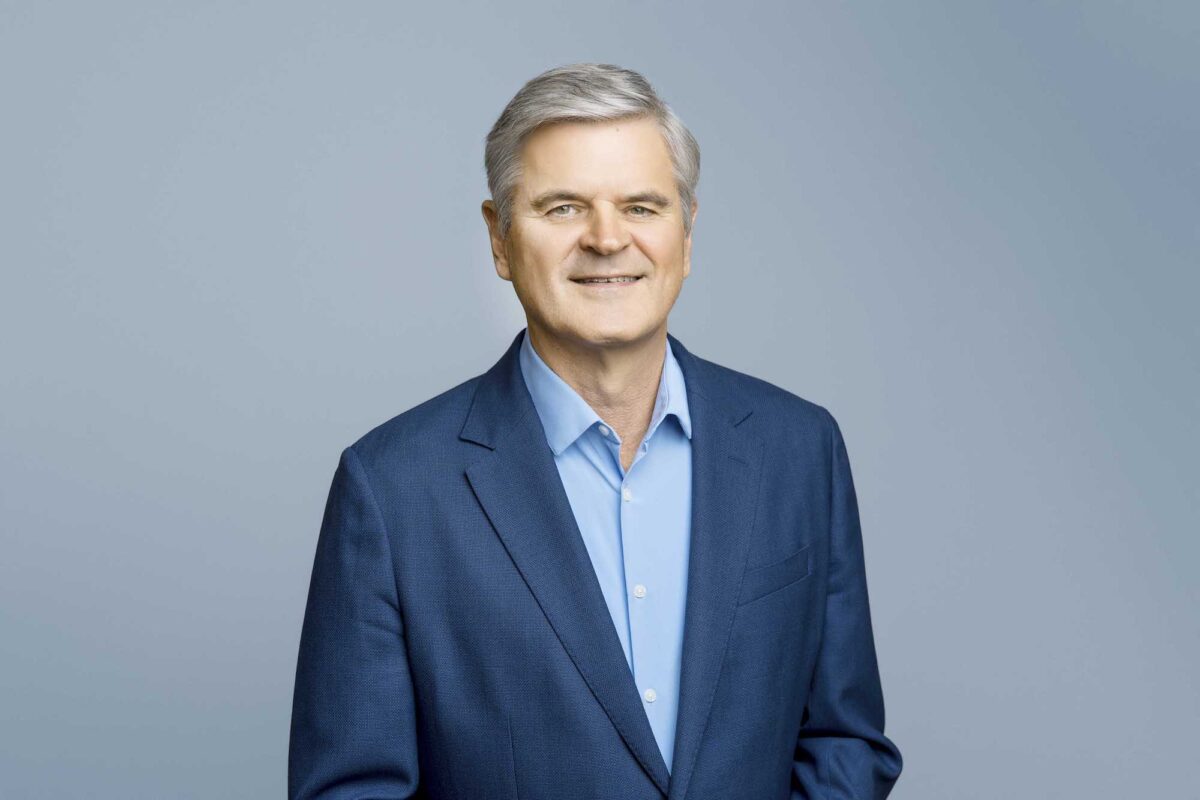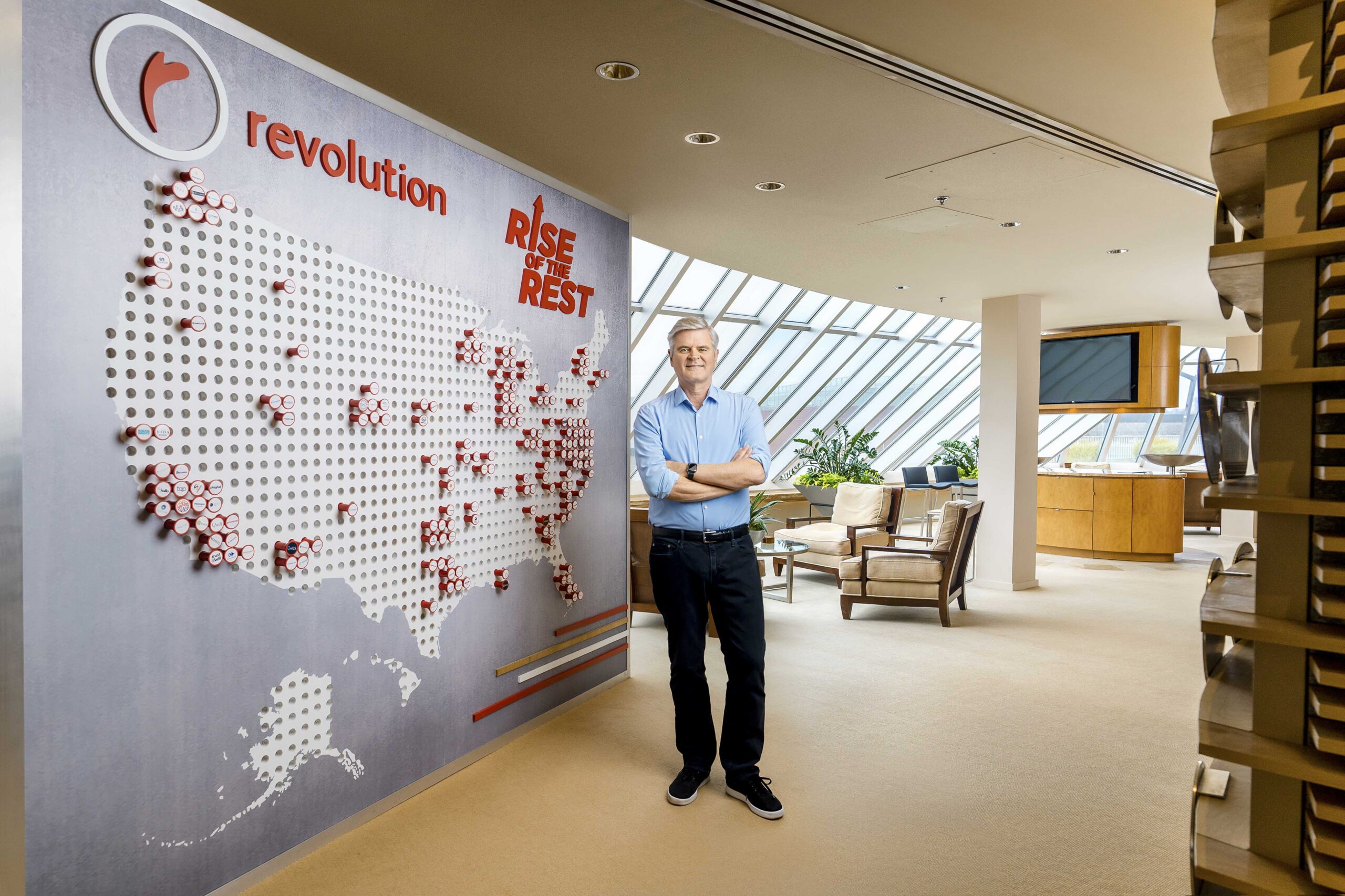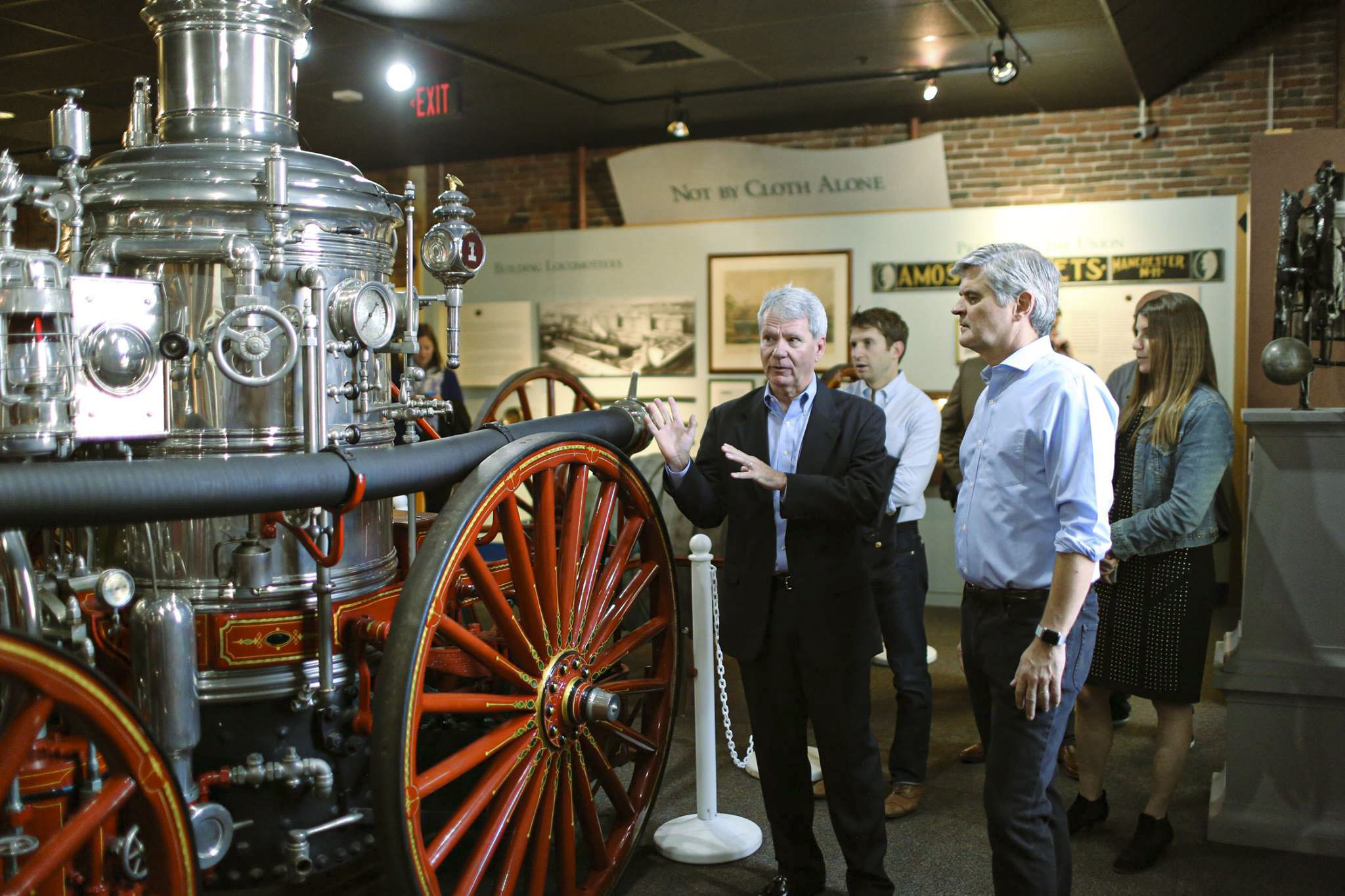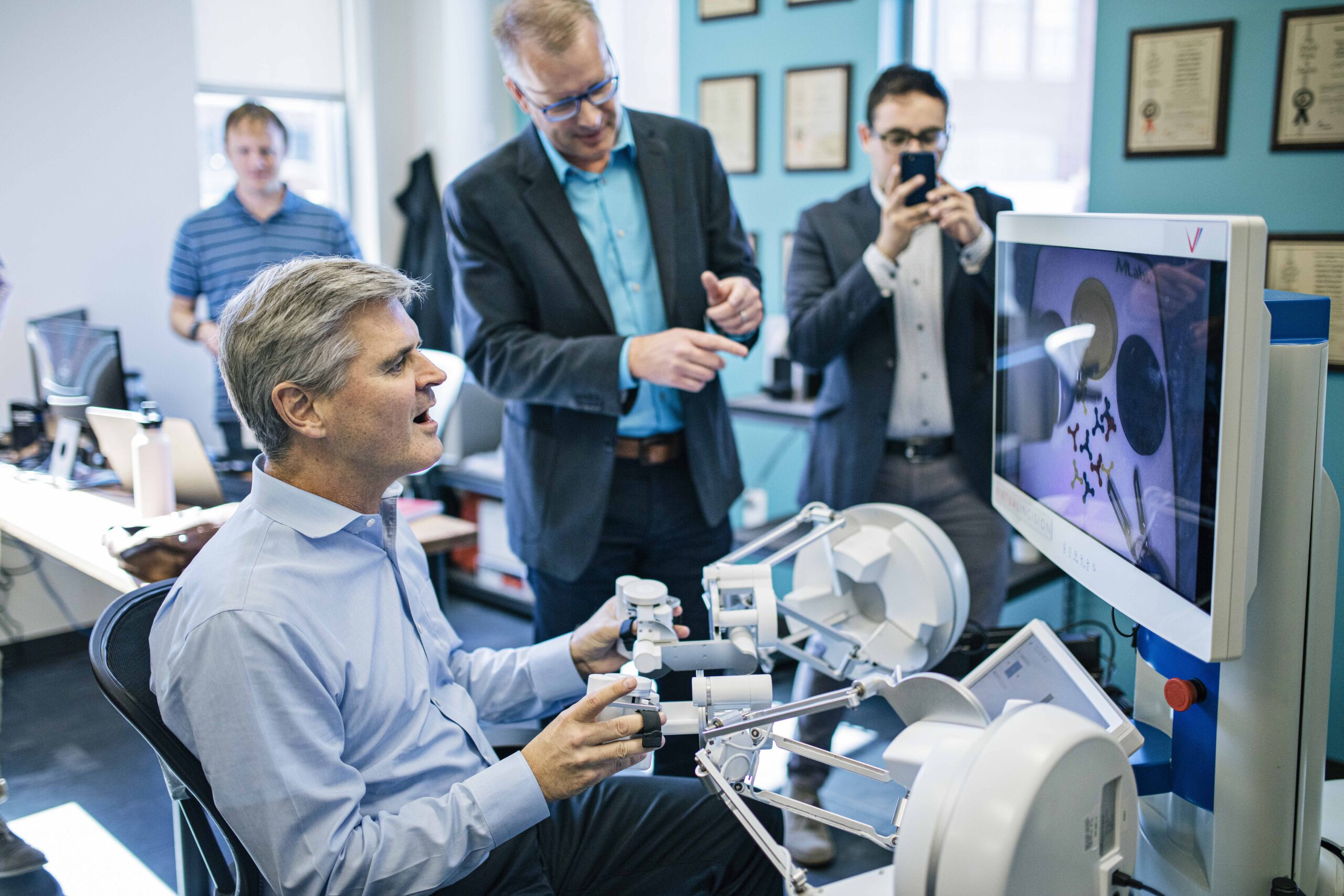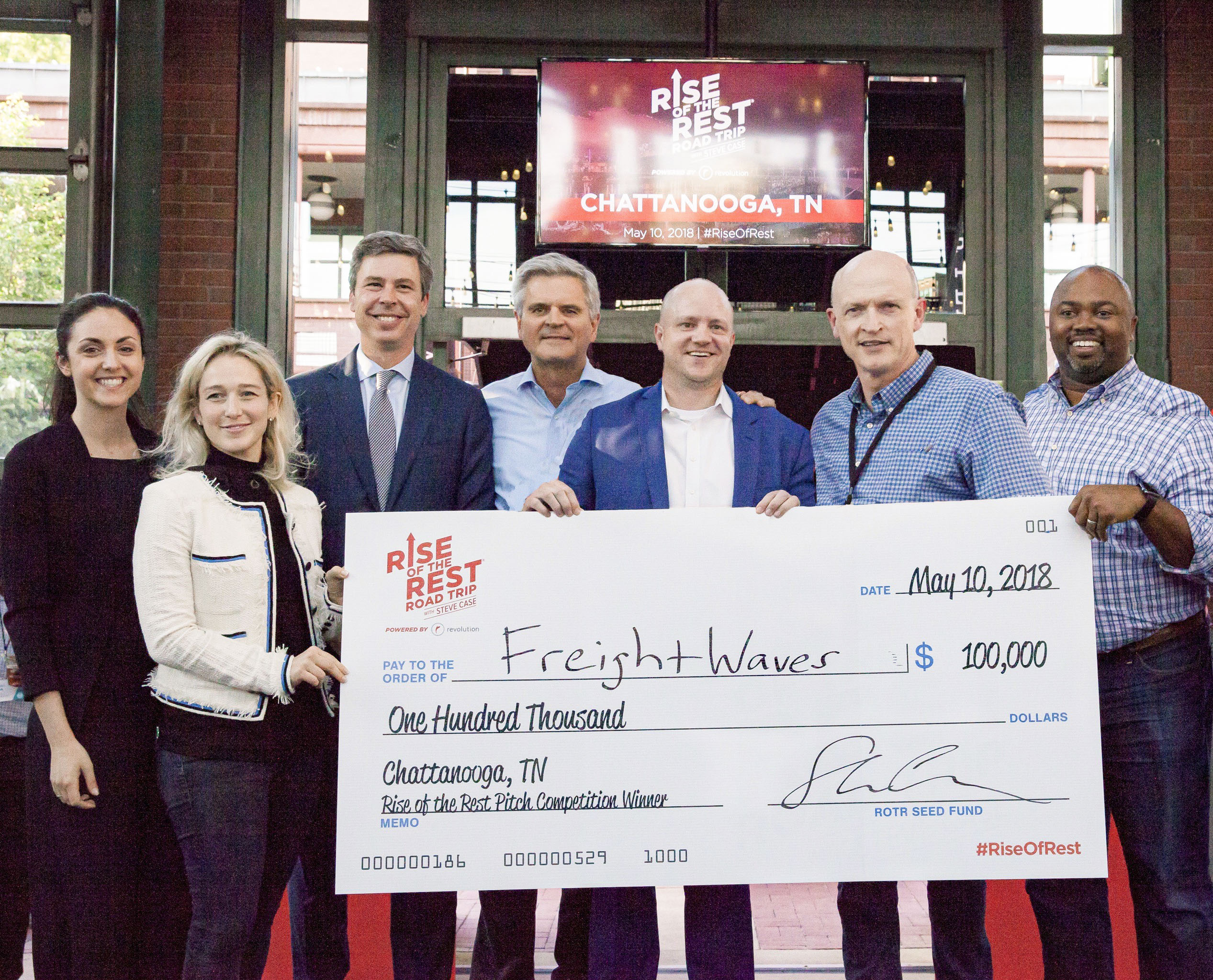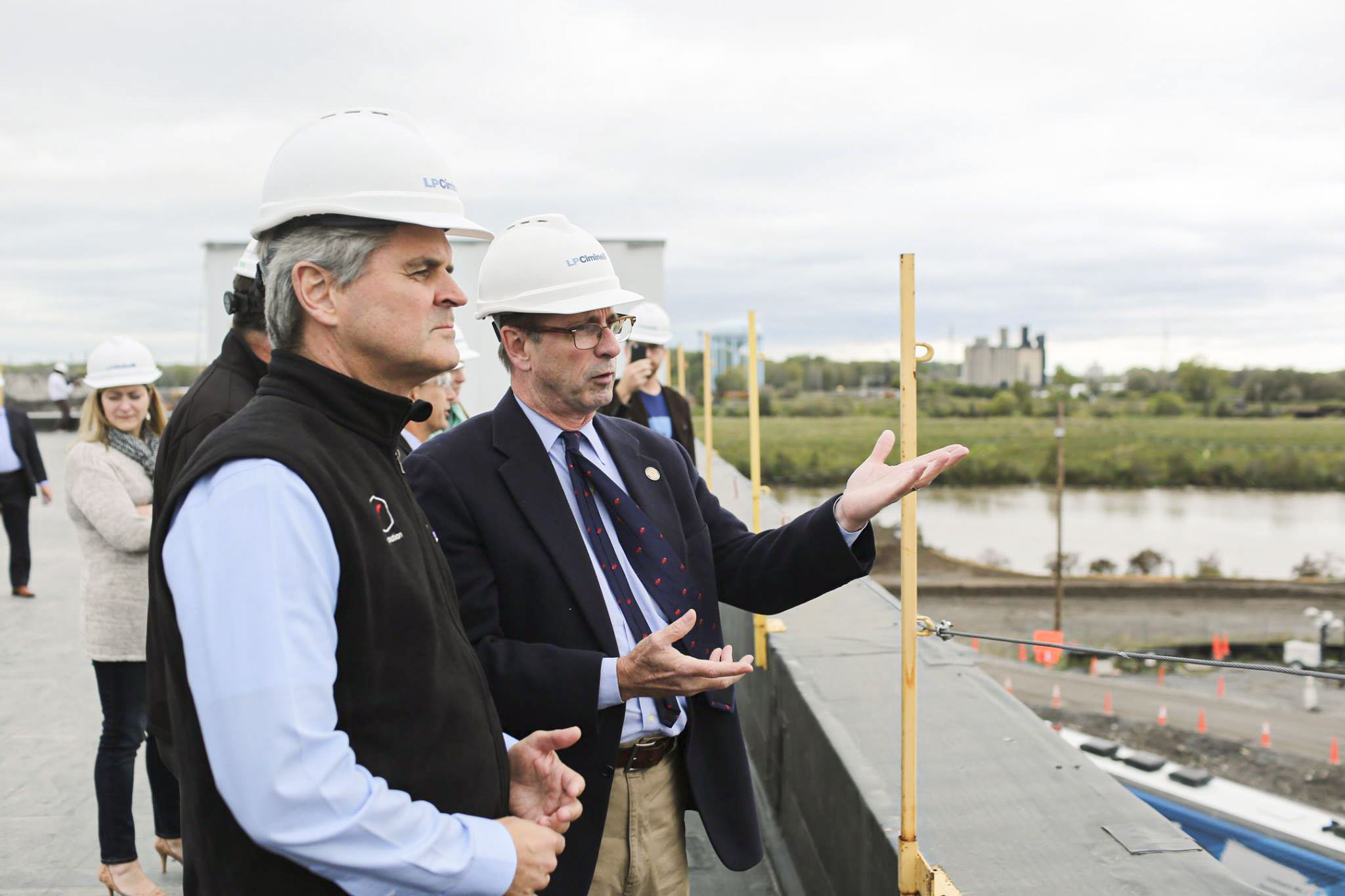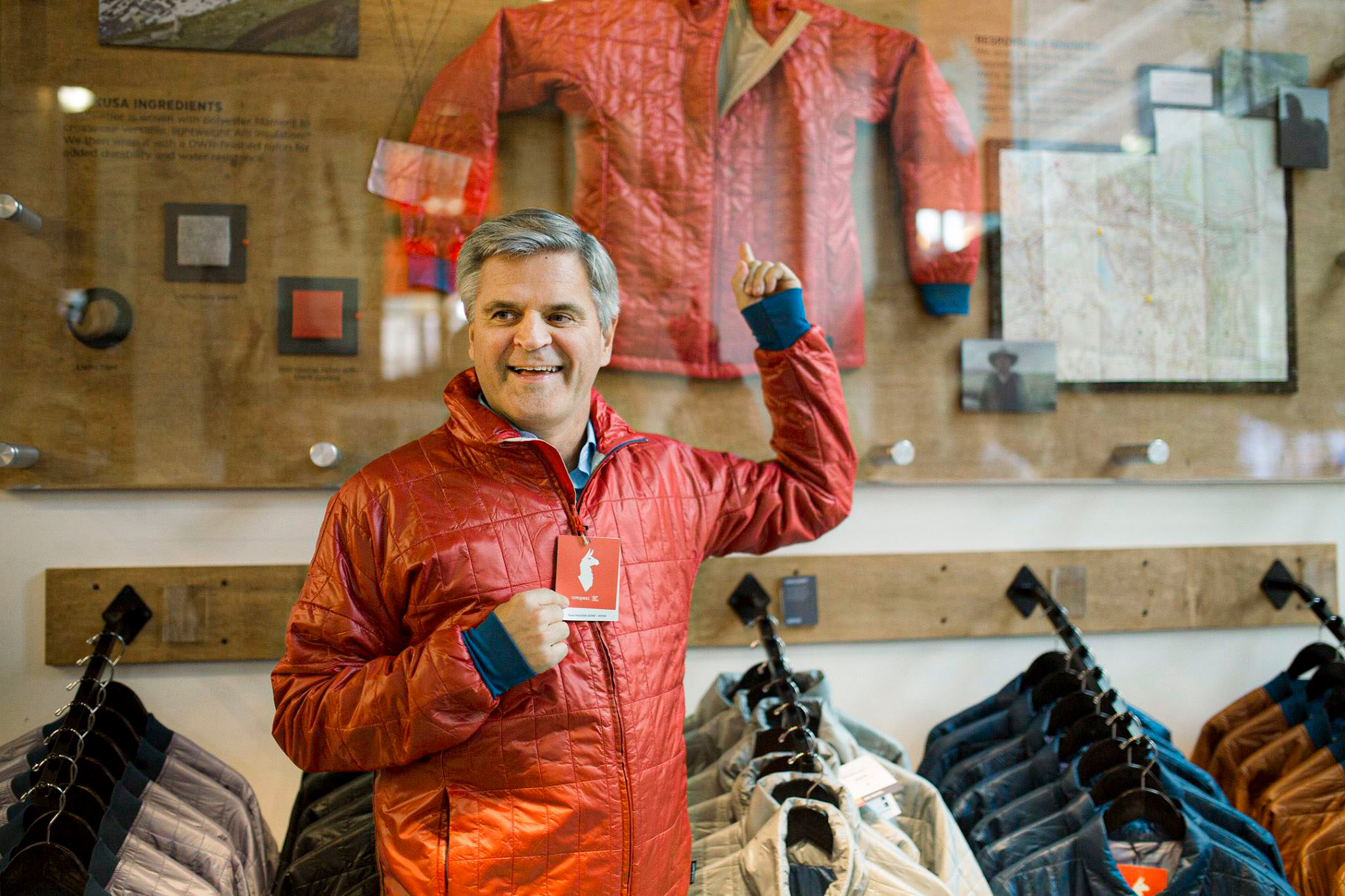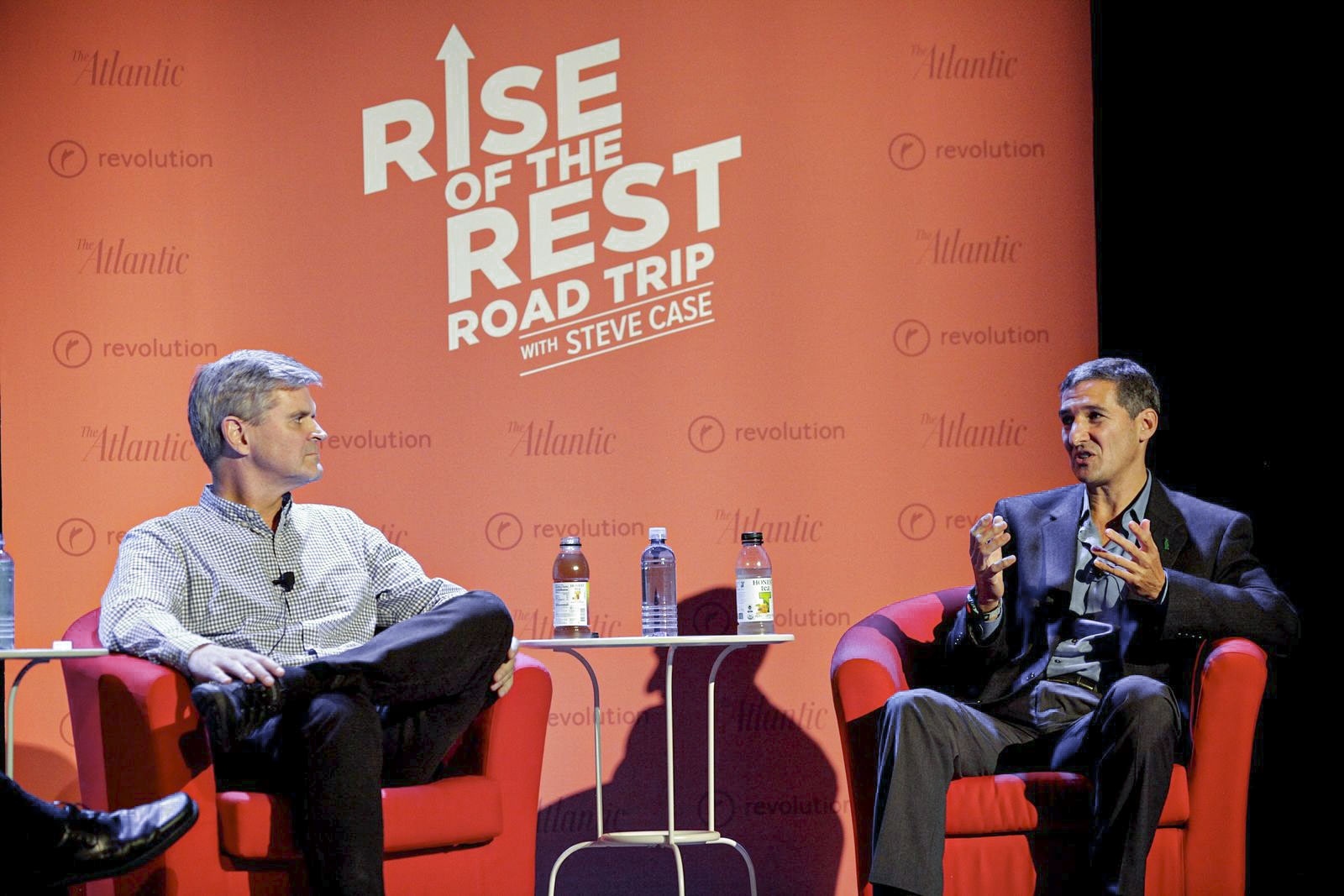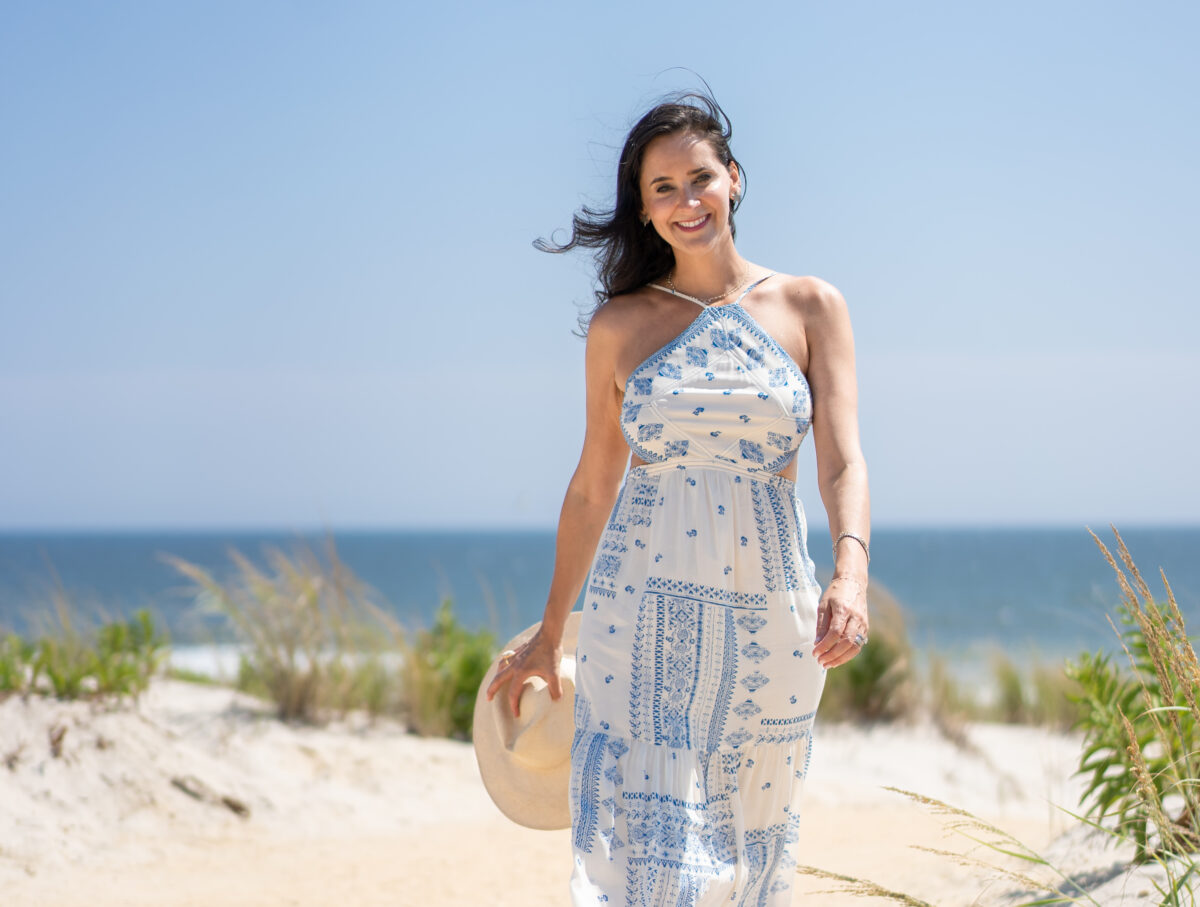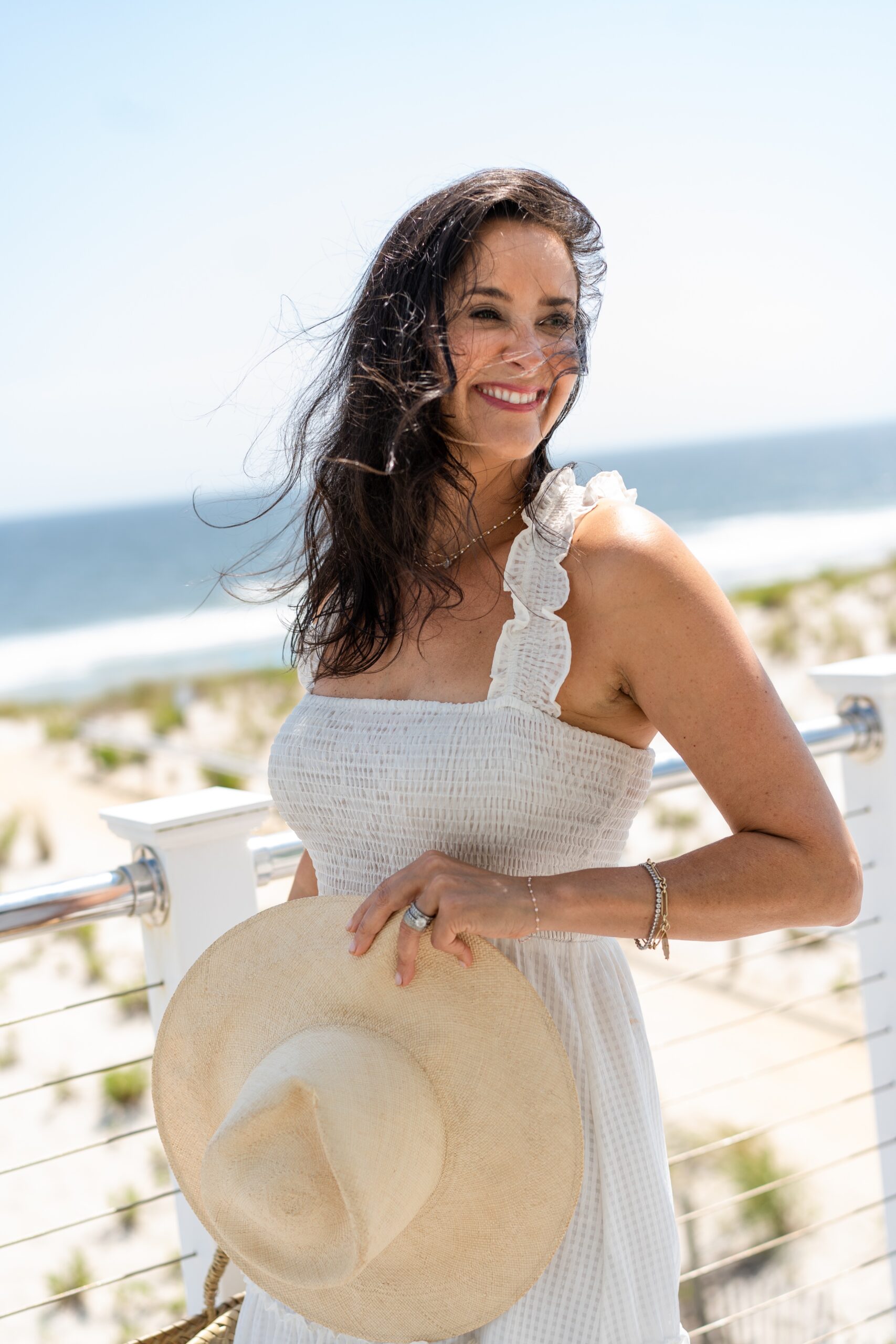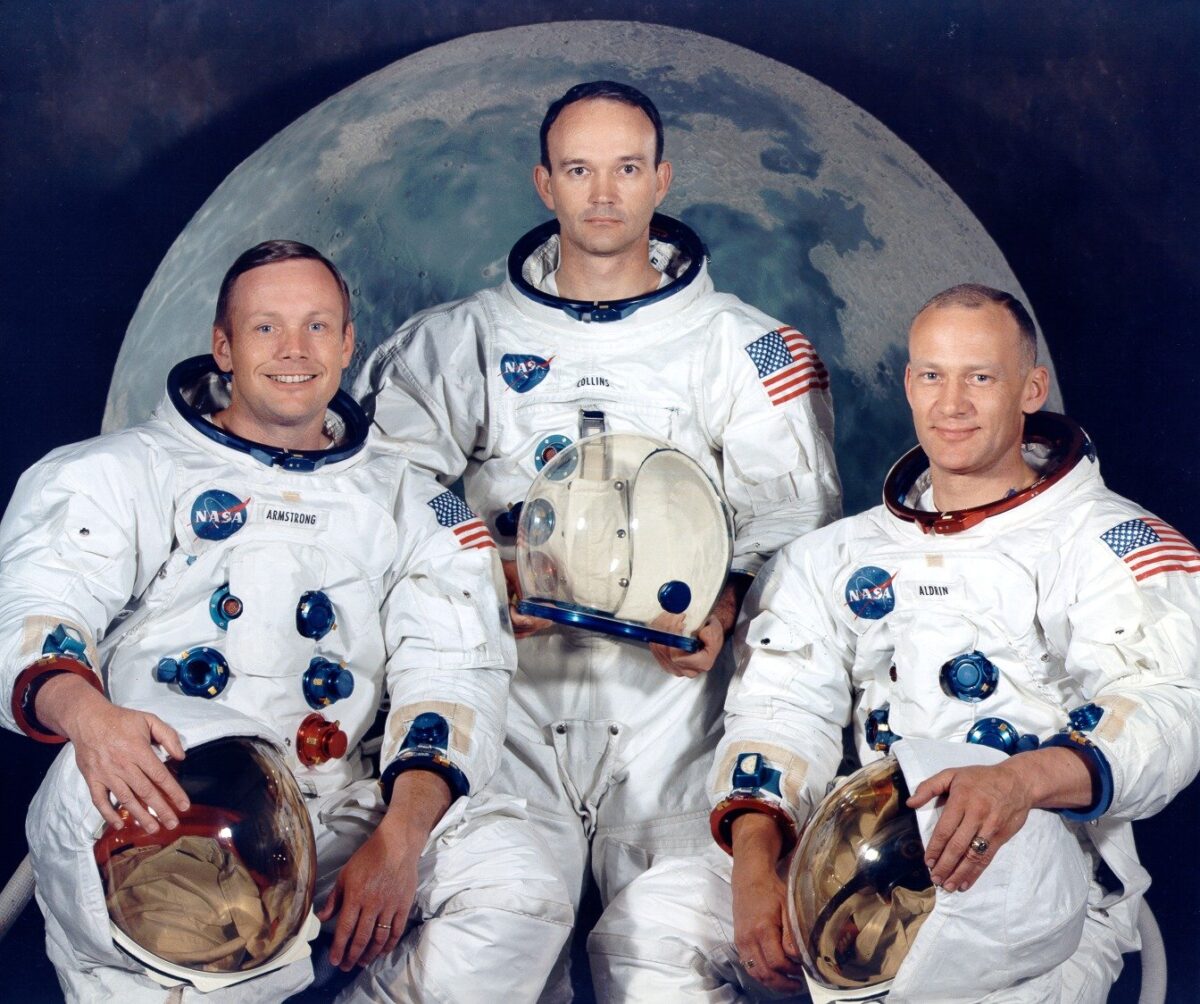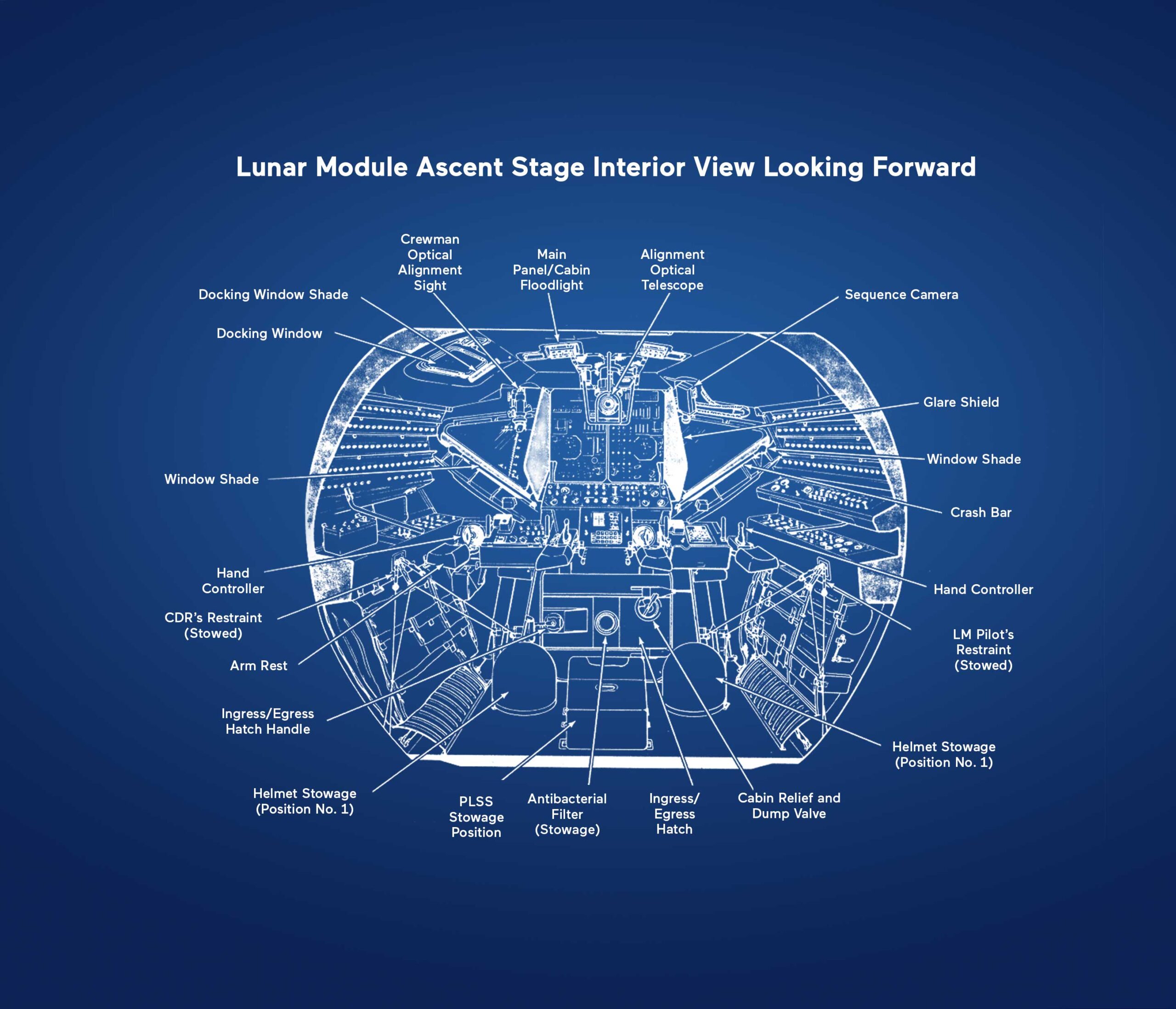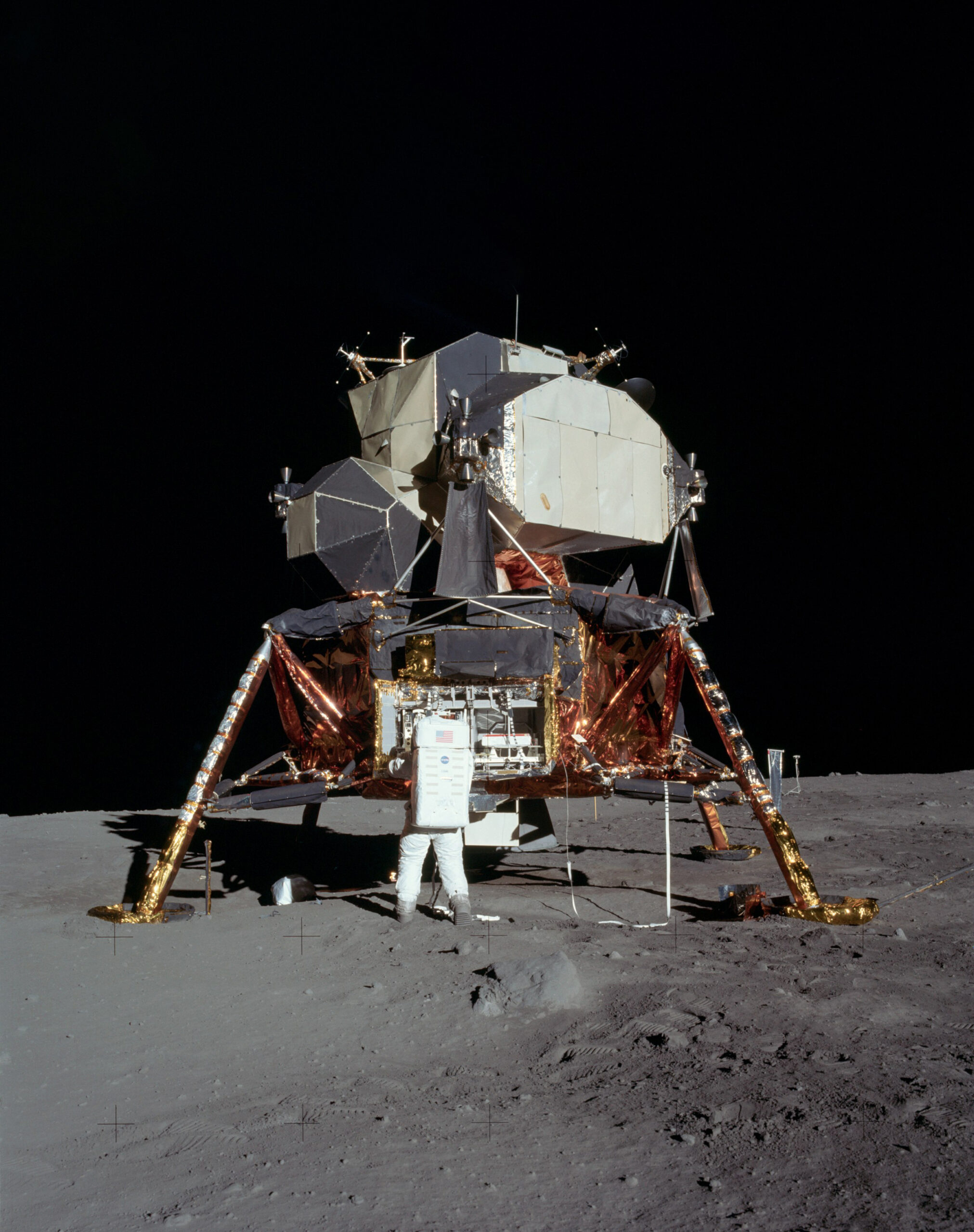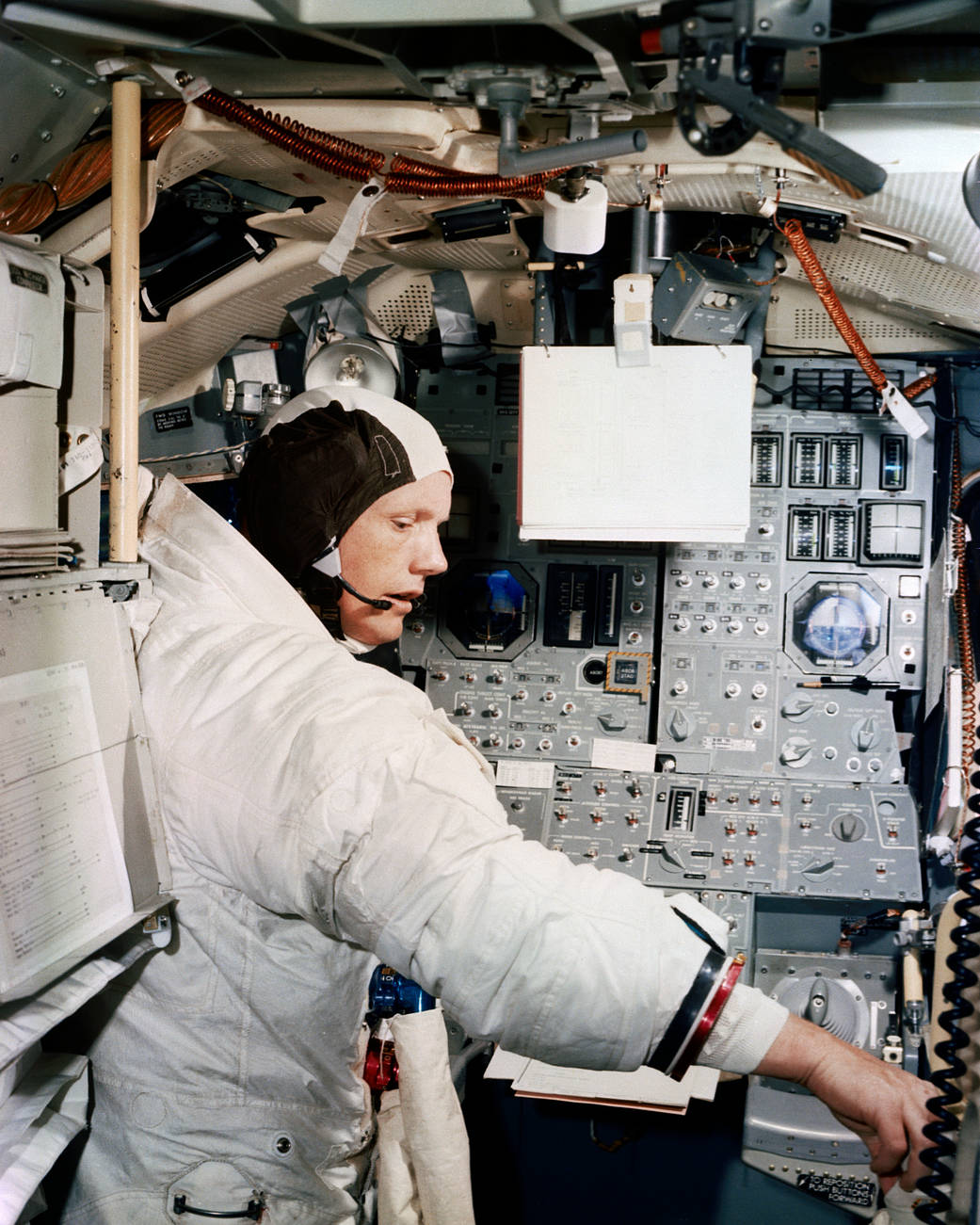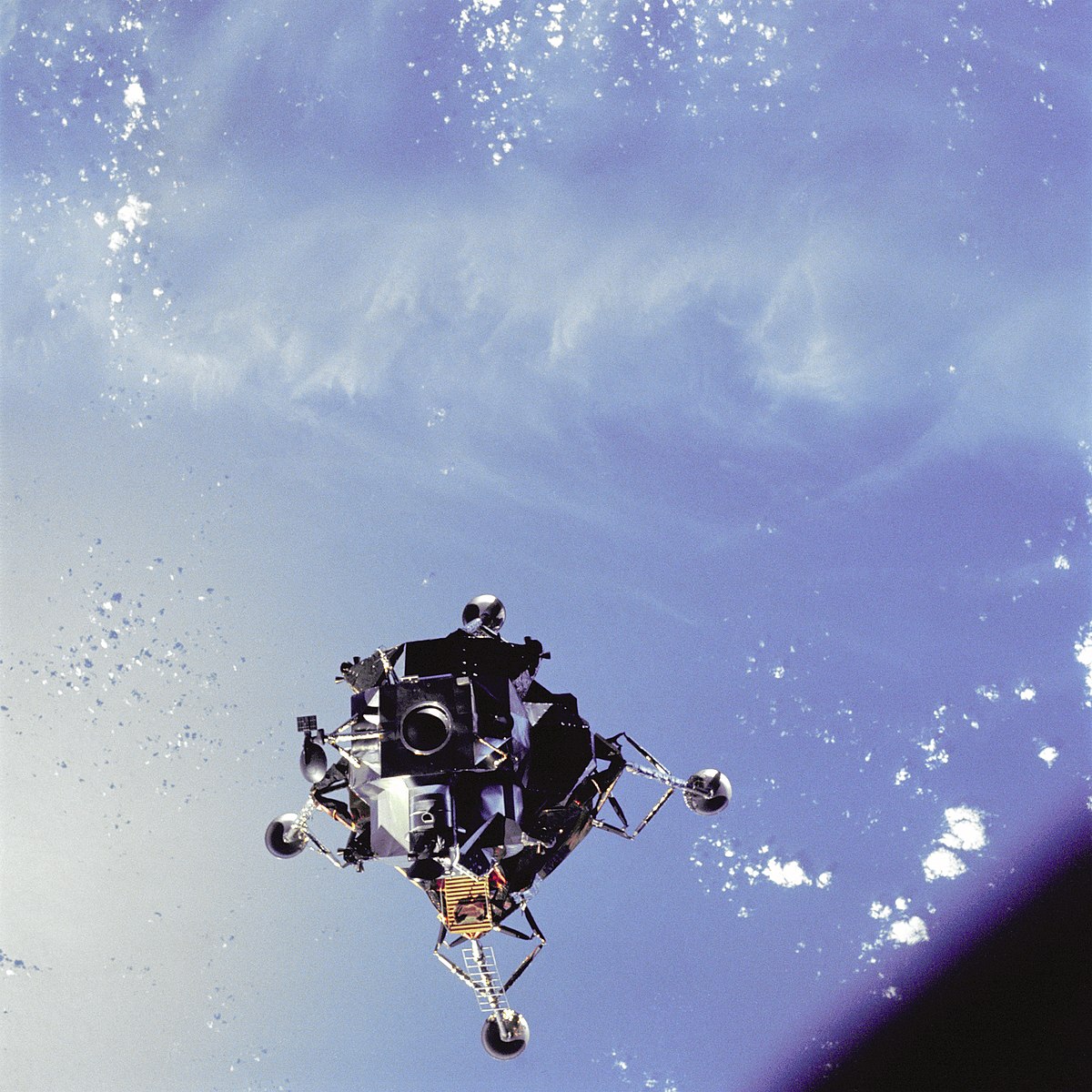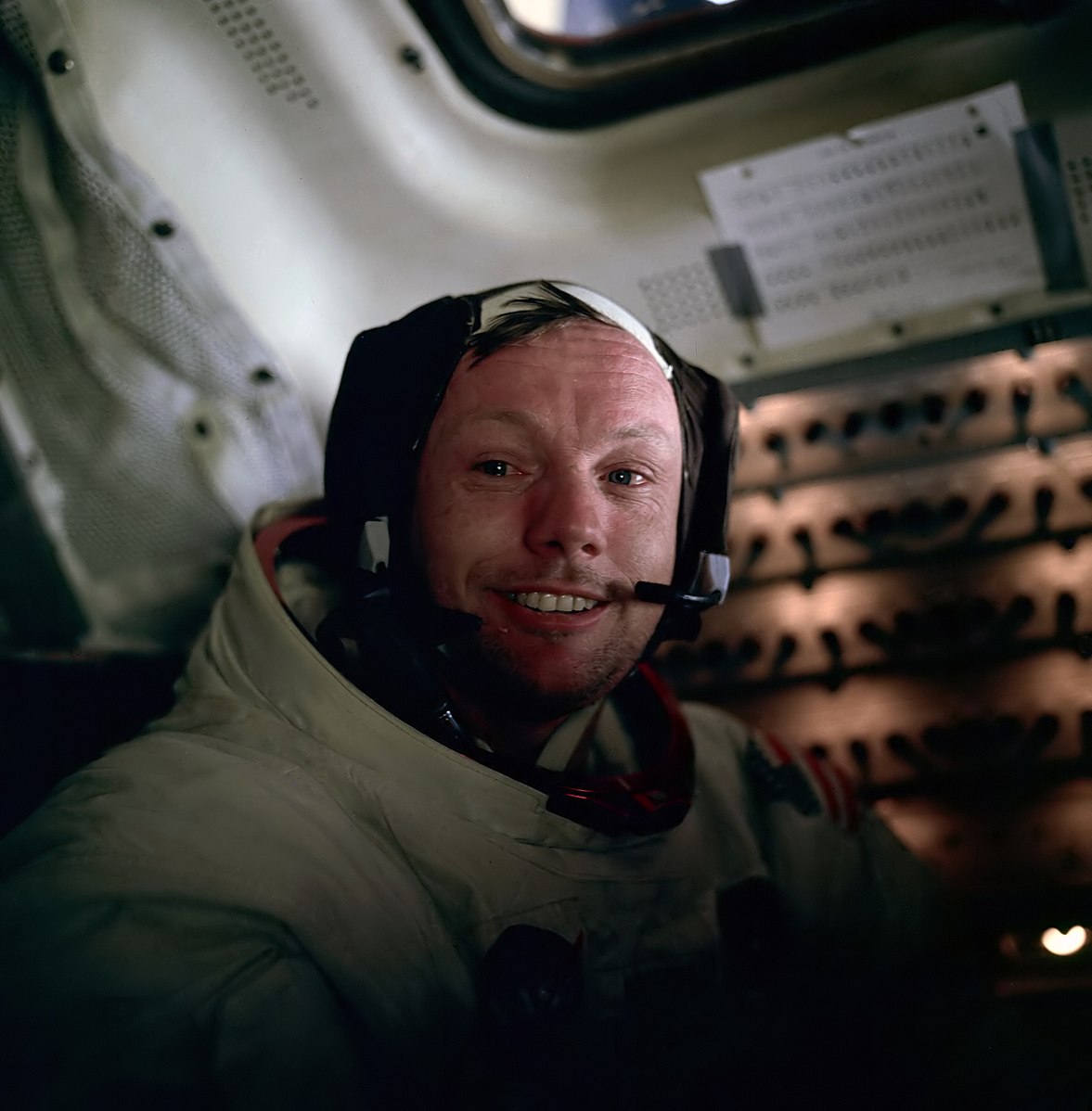Hayley Paige is a celebrated bridal designer known for her playful, imaginative approach to wedding gown design. Her creations aren’t just garments—they’re works of art, thoughtfully crafted to evoke joy and enchantment on a bride’s special day. Paige’s designs blend whimsical elements with personal style, celebrating individuality and empowerment.
In this interview with American Essence, she opens up about her creative process, icons, personal style, and the magic of making every bride feel unique.
American Essence: How would you describe your design philosophy and vision?
Hayley Paige: Growing up, I was always drawn to fashion, but something about it felt distant, almost like it was “too cool for school”—intimidating, even. The bridal world, however, pulled me in with its intimate connection to love, romance, and sentimentality. It offered a way to create art that wasn’t just admired, but cherished through the most meaningful moments of life.
For me, design is a dialogue—a conversation that continues long after the sketches and stitches. It’s about weaving stories and emotions into the fabric of someone’s most special day. I don’t take myself too seriously, but I find pure joy in the process of being inspired, creating something from that spark, and then watching it take on a life of its own in such a personal and profound way.

American Essence: How do you express personal style in your designs?
Ms. Paige: I try to maintain a sense of happiness and humor in my artistic process. It helps that design is an ever-changing, ever-evolving, and wonderfully eclectic world—there are so many personalities to engage with. In a way, it feels like anything goes. My personal style doesn’t always align directly with my dress designs. Instead, it’s more about taste and appreciating how things can weave together in unexpected ways. I love surprising people and getting a reaction like, “Whoa, I never thought these two things would go together.”
It’s like the first time a friend of mine told me to drizzle honey and add chili flakes on my avocado toast! When the goal is to create something “thoughtfully crafted,” “deeply meaningful,” or “curiously quirky,” that’s when the process transcends the ordinary and becomes something truly expialidocious.
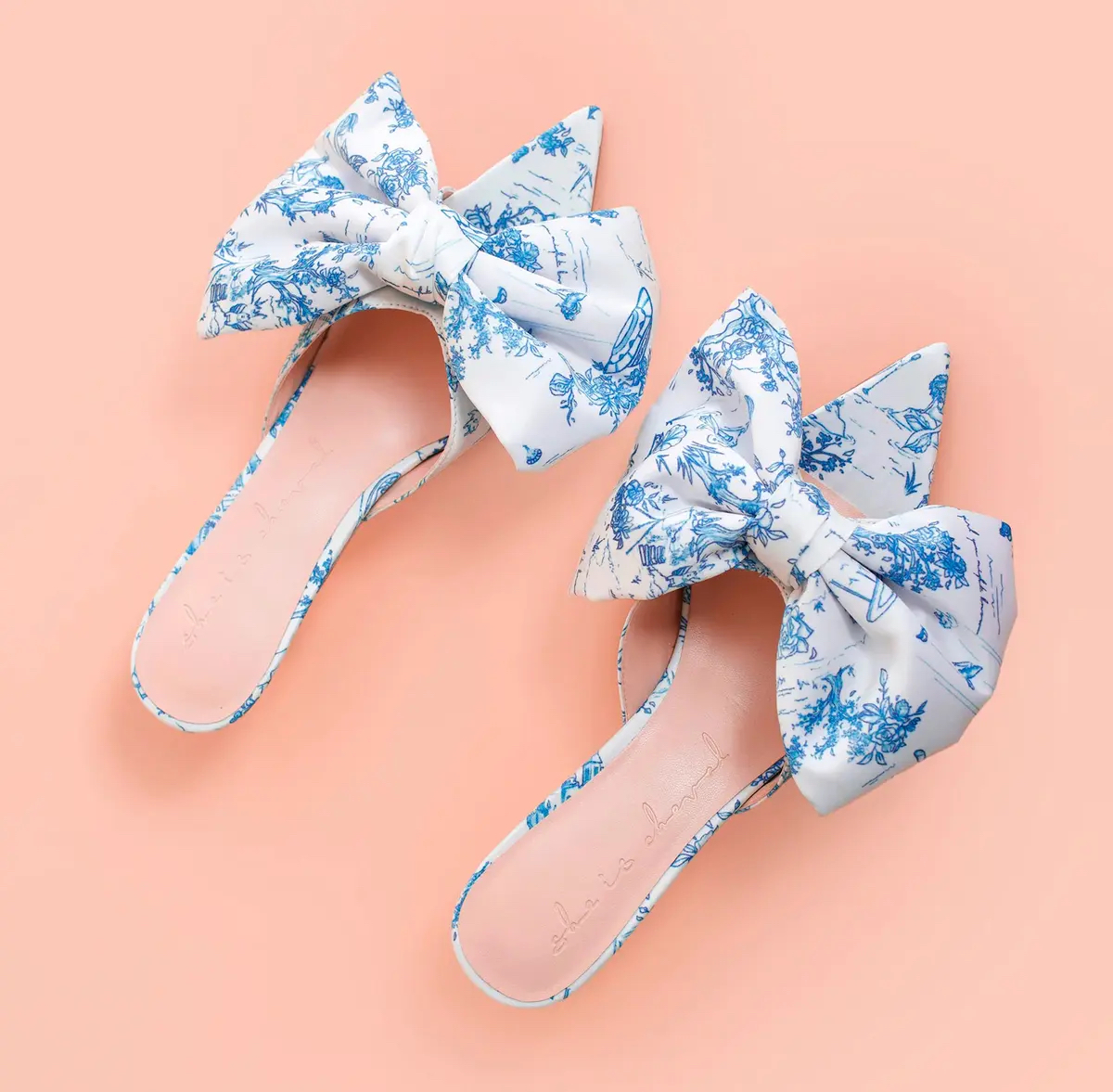
American Essence: Where do you find your design inspiration?
Ms. Paige: I always spend the most time on this question because sometimes I feel like the expectation in my answer is to be one word, like “flowers” or “music” or “architecture.” For me, inspiration is mindfulness and a manifestation of the things we experience. Every encounter holds potential—whether it’s a fleeting moment, a cherished memory, or an unexpected spark of emotion. I believe in keeping your senses open to the world around you and staying sentimentally invested in your creativity. You can so easily be spellbound in this world if you’re open to it.

American Essence: Who is your favorite style icon or designer and why?
Ms. Paige: Dolly Parton, hands down. Not just because I want to rock rhinestone denim on the daily—but because of how she’s mastered the art of being unapologetically herself. She’s stayed true to her brand and never taken herself too seriously, while still being a powerhouse of kindness, humility, and wisdom. The woman built an empire and a theme park while keeping that warm, down-home charm. She’s a national treasure, and in my book, she’s the gold standard for balancing authenticity with flair!
American Essence: Any must-have personal fashion essentials?
Ms. Paige: A great pair of cowboy boots. The whole identity for SheIsCheval.com was built around a pair of vinyl and rhinestone cowboy boots—because why not? They’re the perfect mix of rugged and glam. You can throw them on with denim for a day out or pair them with a ballgown when you’re feeling extra. I’m all about fashion essentials that have that kind of range—pieces that can go from the rodeo to the red carpet without missing a beat!
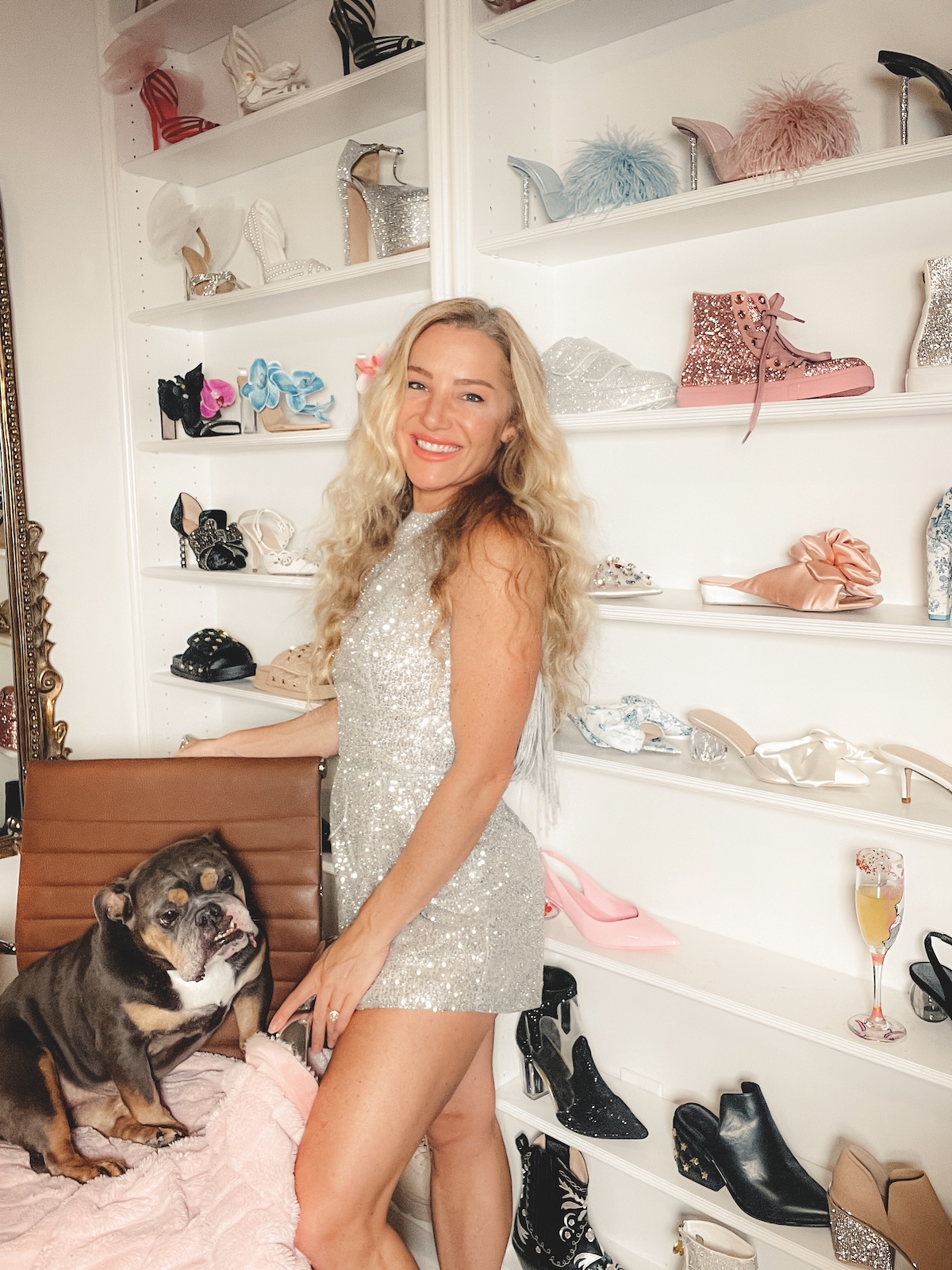
American Essence: What’s a timeless style secret that you swear by?
Ms. Paige: Never underestimate the power of a great upcycle. There’s something fulfilling about breathing new life into an old garment and giving it a fresh “up-spiral.” My go-to is, unsurprisingly, bedazzling denim. That obsession started when I was young, and it’s never left me. The idea that something can live beyond its initial shelf life and be appreciated in a new light is quite magical.
American Essence: How do you recharge creatively?
Ms. Paige: Growing up as a competitive gymnast, there’s something about moving your body—whether it’s a solid gym session, a long walk, or even a spontaneous dance break—that shakes off the creative cobwebs. Plus, it’s when I’m moving that my mind tends to wander, and that’s when the best ideas often sneak up on me.
American Essence: What’s your top beauty secret?
Ms. Paige: Lemon juice in the mornings. Seriously, squeeze a full lemon into a shot glass and take it down first thing. If you can’t handle the zest, try it in sparkling water and sip.
American Essence: What’s your must-have accessory?
Ms. Paige: Music. I suppose that’s not really a physical accessory, but I think it enhances almost any situation or environment.
American Essence: What five items are must-haves in your handbag? Anything unusual or unexpected?
Ms. Paige: Lipstick and eyebrow pencil (the beauty must-haves I need to feel freshened up in a pinch), business card for SheIsCheval.com with a fun discount code, extra doggy bags, mints (because gum gives me nightmares—but that is for another story), and extra hair ties (I like to be that girl with the extra hair tie in the bathroom).
American Essence: What is your morning routine like?
Ms. Paige: Not glamorous in the slightest. Make bed, quick stretch, shoot my lemon juice and take vitamins, unload dishwasher, do laundry, feed dog, set up workstation, drink coffee, answer important emails—and set drafts for everything else. I like a productive, chore-filled morning because it sets me on a path of productivity when I sit down to work. It also eliminates distractions, which are the killer of creativity. I believe in getting through the “to-do’s” first so then you can get into the “ta-da’s.”
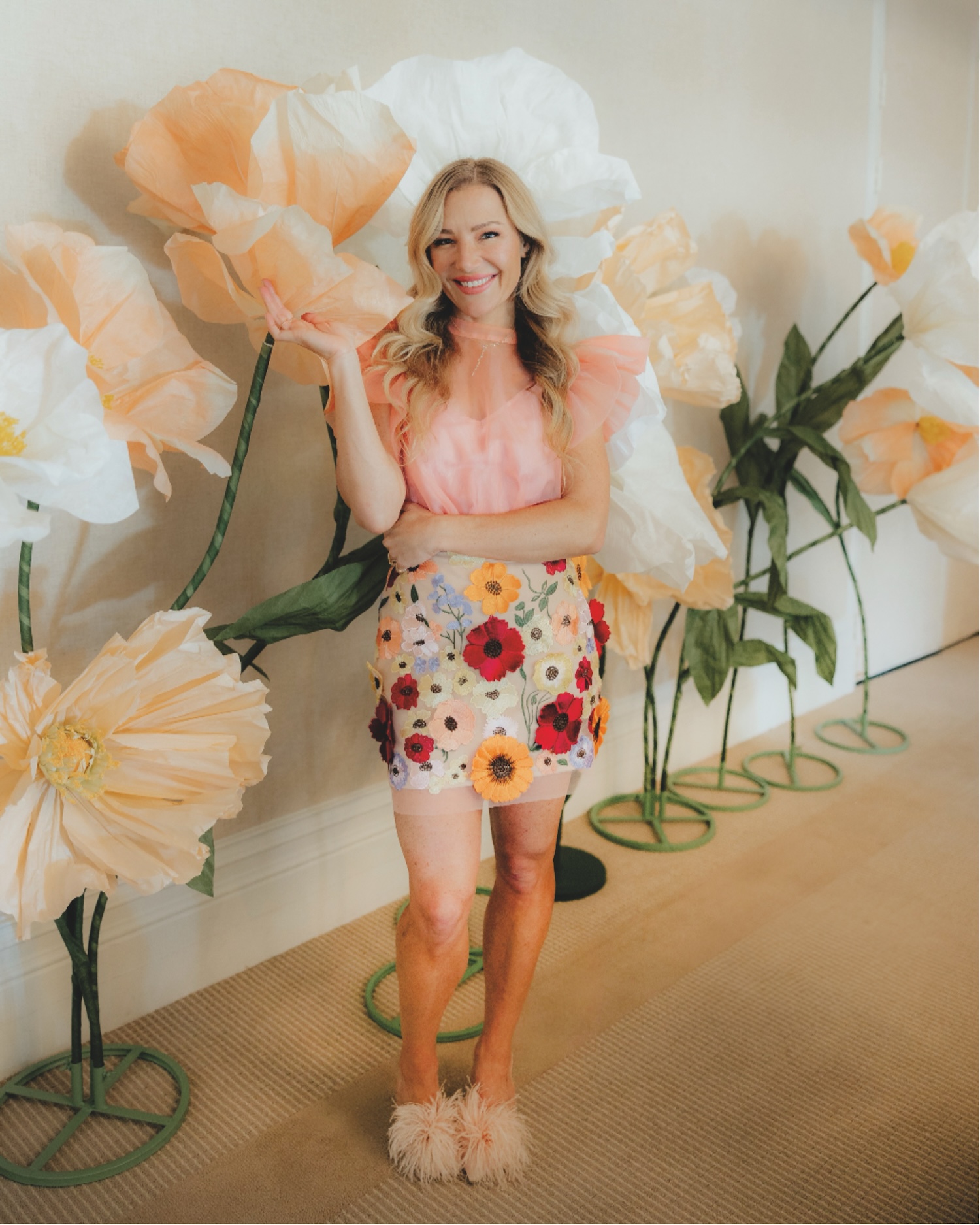
American Essence: How do you handle pressure with grace?
Ms. Paige: I try to remind myself that how I act in any situation is a reflection of my integrity and leaves a lasting imprint on another person. While we cannot always get it right, I do believe in putting in extra effort to protect your character. I never want to look back and wish I had been kinder or more composed. I like the Stoic philosophers—recognizing where your control lies and focusing your energy where it truly matters. It’s good to maintain humility on the highs, and hold on to your joy in the depths.

American Essence: What is your superpower?
Ms. Paige: My mind is not a terrifying place to be. It’s easily distracted by happier thoughts, so that’s something to appreciate.
American Essence: What’s one thing that might surprise people about you?
Ms. Paige: I love working and being alone for most of the day.
American Essence: What is your favorite workout?
Ms. Paige: If I find the time and can get lost in a two-hour walk outside, preferably in a scenic place, I’m set.
American Essence: What’s your favorite way to unwind at night?
Ms. Paigee: A cozy dinner date with my fiancé and dog.
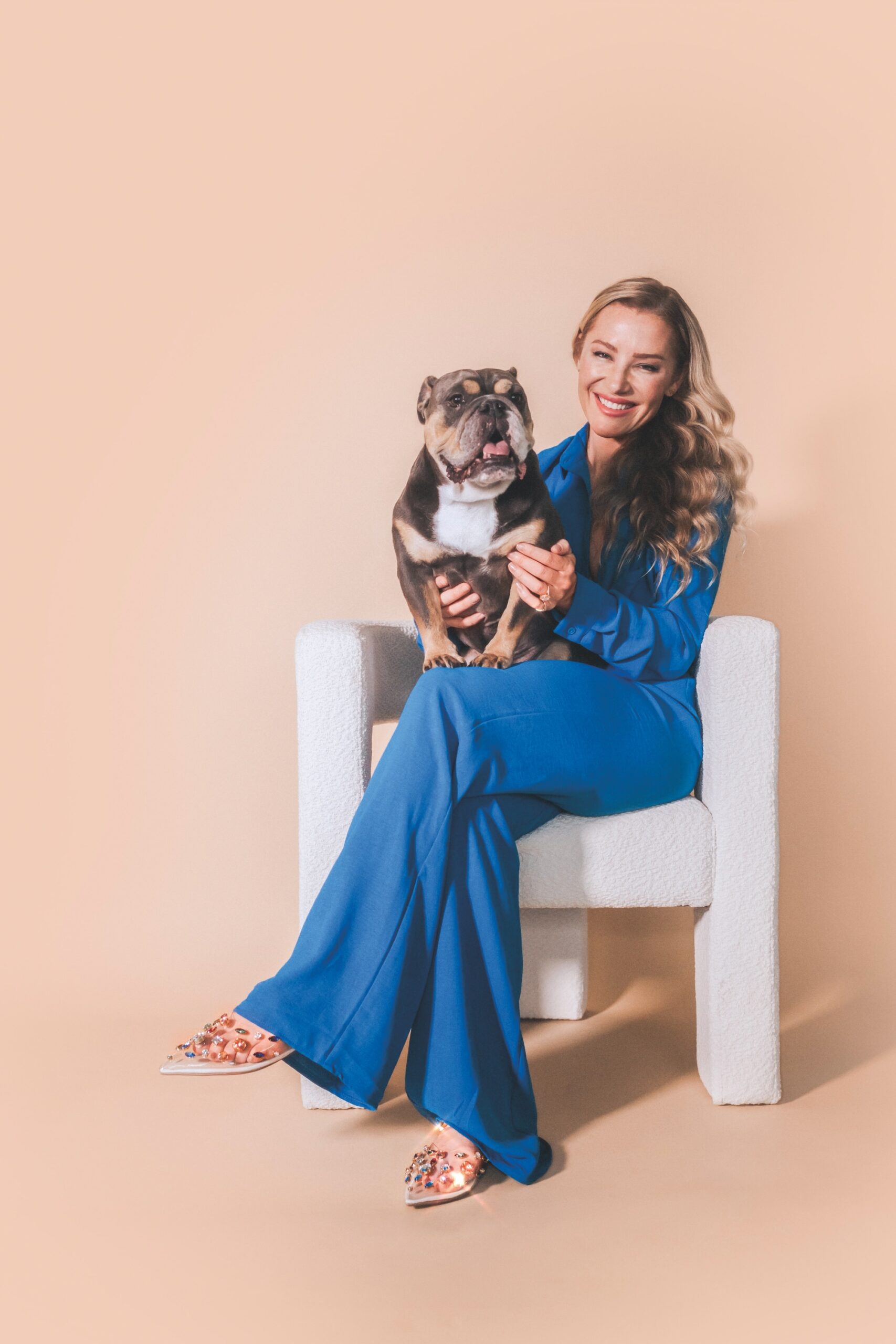
American Essence: If your life had a theme song, what would it be?
Ms. Paigee: Probably “Break My Stride” by Matthew Wilder.
American Essence: What are you most excited about right now?
Ms. Paige: Without question—relaunching the Hayley Paige brand and finally marrying my fiancé—we’ve been engaged for five years now.
From Jan. Issue, Volume IV



